From Caregiver to Patient: Robotic Surgery Relieves Teresa's Knee Pain
The wear and tear on Teresa's knees after 40 years of nursing made just walking painful. Knee replacement surgery performed with robotic-assisted technology has her back on the move.
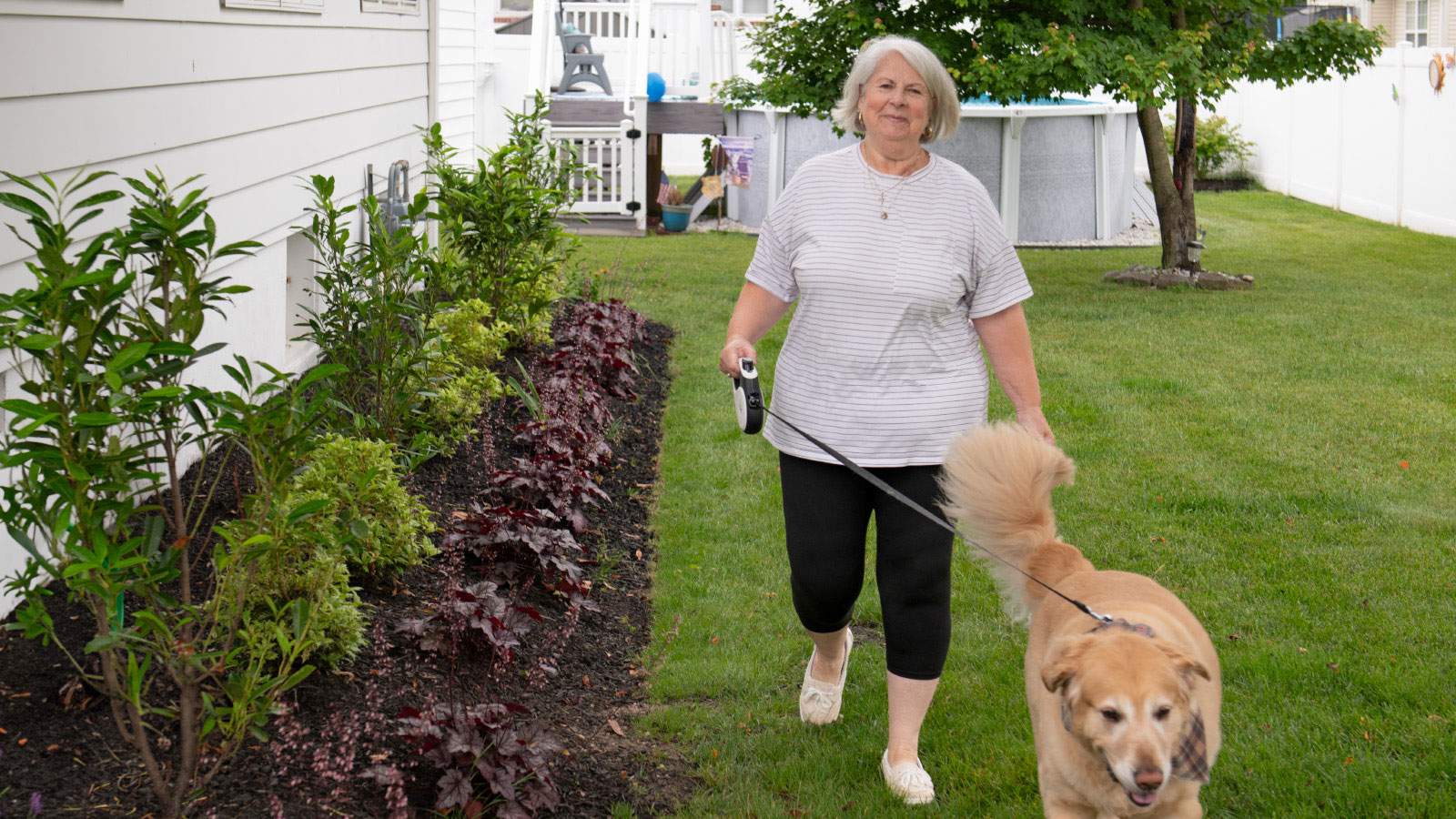
Being a nurse can be physically demanding—just ask Teresa Verchio-Giorgi.
For Teresa, an intensive care and emergency department nurse at a South Jersey hospital for 40 years, the wear and tear on her knees made walking painful.
“You are on your feet constantly, walking on the concrete floors, lifting patients. I noticed my knees were getting more uncomfortable. I would wake up in the middle of the night,” said Teresa. “You end up taking lots of pain meds.”
An MRI revealed Teresa had severe bone-on-bone arthritis in her right knee. Apprehensive of surgery, she and her doctor tried treatments like cortisone and gel injections and physical therapy.
“She tried to stay active and push through it, but wasn’t getting any relief,” said Jason Mora, DO, a hip and knee surgeon with Virtua Reconstructive Orthopedics. “At that point, her doctor referred Teresa to me.”
With Dr. Mora, Teresa found a surgeon who put her in the driver’s seat, offering options, including a robotic-assisted approach that promised less pain and a quicker recovery.
How Robotic Knee Surgery Restores Natural Movement
In August 2023, Dr. Mora used the Mako robotic system to replace Teresa’s right knee. A CT scan creates a 3D virtual model, allowing the surgeon to more precisely evaluate your bone structure, joint alignment, and surrounding bone and tissue to optimally determine the size and placement of the implant.
In the operating room, the surgeon guides the system’s robotic arm and pin-size sensors to remove arthritic bone and cartilage from the knee and insert the new joint.
“By sparing muscle and precisely balancing the ligaments, we are able to restore the natural movement of your knee,” said Dr. Mora. “We’re among the top performers of MAKO procedures in the country, so we have the experience to ensure patients receive the most customized fit and restore their range of motion.”
Incisions can be smaller than with traditional surgeries and are closed with absorbable stitches, leaving a less visible scar. Patients typically return home the same day as the procedure.
“I anticipated a rough road, but it was not. They had me walking up and down stairs in the recovery room,” she said. “I stayed downstairs after I got home from surgery. But the next night, I walked 13 steps up to my bedroom. I only took Tylenol for pain, and I was in physical therapy two or three days after surgery.”
“The first hour after surgery, we try to have them up and moving. We want them to put their full weight on their knee, bending and moving it right away,” said Dr. Mora. “In the days and weeks with PT, we progress from a walker to a cane to nothing at all.”
Returning to an active lifestyle after knee surgery has been ‘The Best Medicine’
Most people return to their normal activities six to eight weeks after surgery.
Now retired, the Runnemede resident is back walking her golden retriever, gardening, and playing on the floor with her three grandsons, whom she calls “the best medicine in the world.”
“I was used to being in pain,” said Teresa. “Now, after surgery, I say, ‘Holy Christmas! I can get off the couch, and it doesn’t hurt.’”
Virtua Reconstructive Orthopedics is Here to Keep You Going Strong
We’re on our “A” game so you can be on yours. Call 609-267-9400 to make an appointment with a Virtua Reconstructive Orthopedics joint specialist.
There's So Much More to Explore
Discover expert insights, inspiring stories, health tips, and more by exploring the content below!

Knee Replacement Rehab: 7 Exercises to Restore Your Strength and Range of Motion

COPD vs. Asthma: Understanding the Difference in Symptoms

Are You Eating Too Much Salt? High-Sodium Foods to Watch For

Caregiving During the Holidays: Ways to Manage Stress and Find Joy

Do Weighted Blankets Actually Work?

Bioidentical Hormone Replacement Therapy Pellets: Relief for Menopause and Andropause Symptoms

Why Is Sex Painful During Pregnancy? Pelvic Congestion Syndrome Explained

COVID-19 Vaccines and Pregnancy: FAQs

Don't Drink Alcohol? You Could Still Get Fatty Liver Disease

What Is the Difference Between Palliative Care and Hospice Care?

How to Exercise Safely with Asthma: Tips, Triggers, and Rescue Inhaler Use

How to Relieve Bloating Fast: Simple Tips for Quick Comfort

COMFORTing Tips to Avoid Holiday Heartburn

How to Tell the Difference Between Cold, Flu, and COVID-19

Jill Travels From Delaware to South Jersey for Advanced Lung Care

4 Exercise Tips to Help You Reverse High Blood Pressure

From Exhaustion to Empowerment: Tracy's Hormone Replacement Therapy Success Story

Why on Earth Am I Always So Cold?
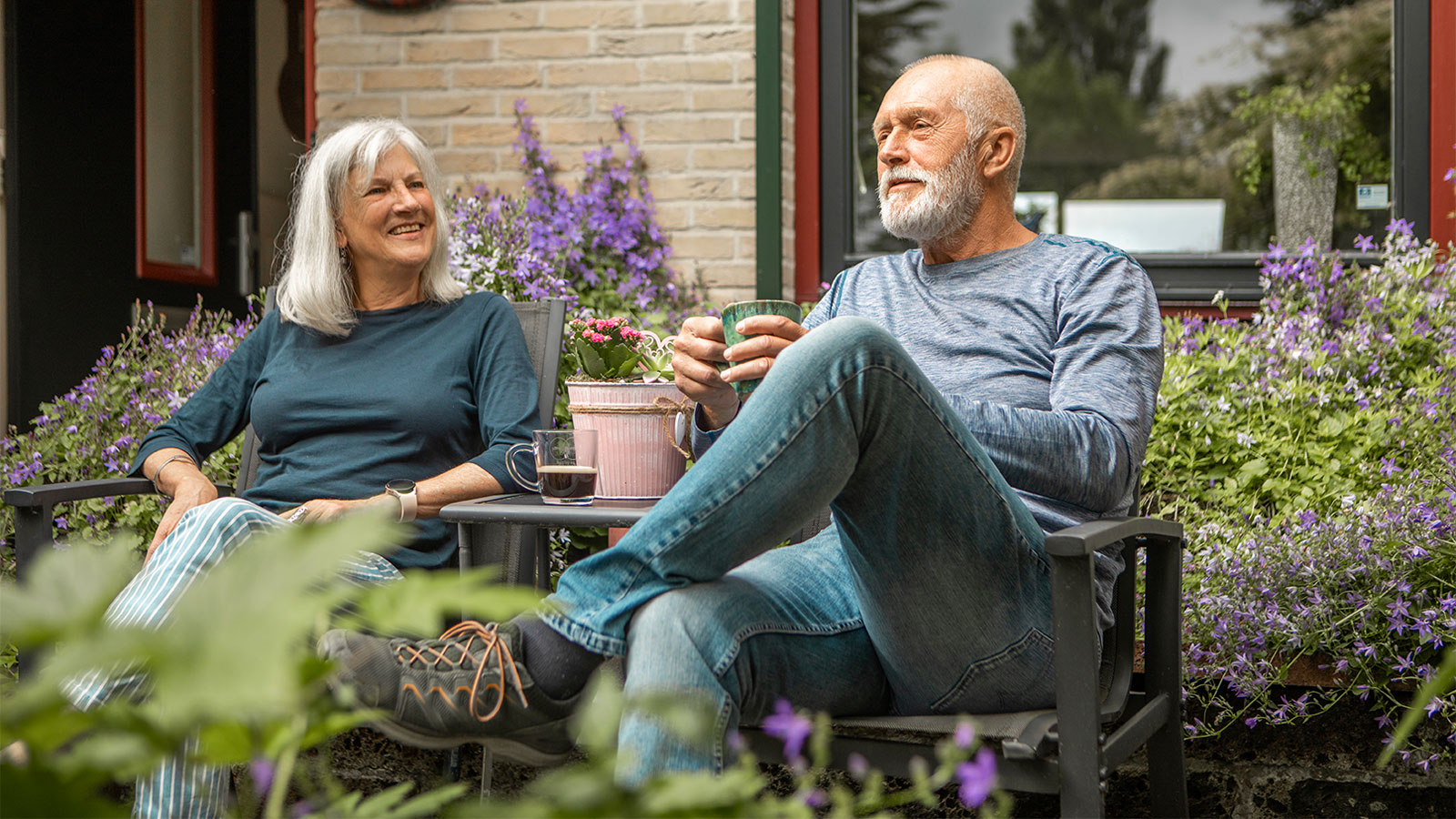
Daily Wellness Checklist: Simple Habits for Feeling Good Inside and Out

Timely Heart Care During a Heart Attack Helps Joe Feed the Community

Allegra Is Thriving With Crohn's Disease

The Best and Worst Foods for Acid Reflux

How to Manage IBS Symptoms and Feel in Control Again

5 Types of Lung Disease: Symptoms, Causes, and Prevention Tips

Foods to Enjoy and Avoid for GLP-1 Heartburn

Sexual Health FAQs: The Questions Everyone’s Too Embarrassed to Ask

Is the Gurgle in Your Gut Telling You Something?

3 Reasons Why Now's the Time to Find Relief From Varicose Veins

Baseball Coach Turns Male Breast Cancer Surprise into Personal Mission

The Brain Health Checklist: 11 Questions Everyone Should Ask

From Caregiver to Patient: Robotic Surgery Relieves Teresa's Knee Pain
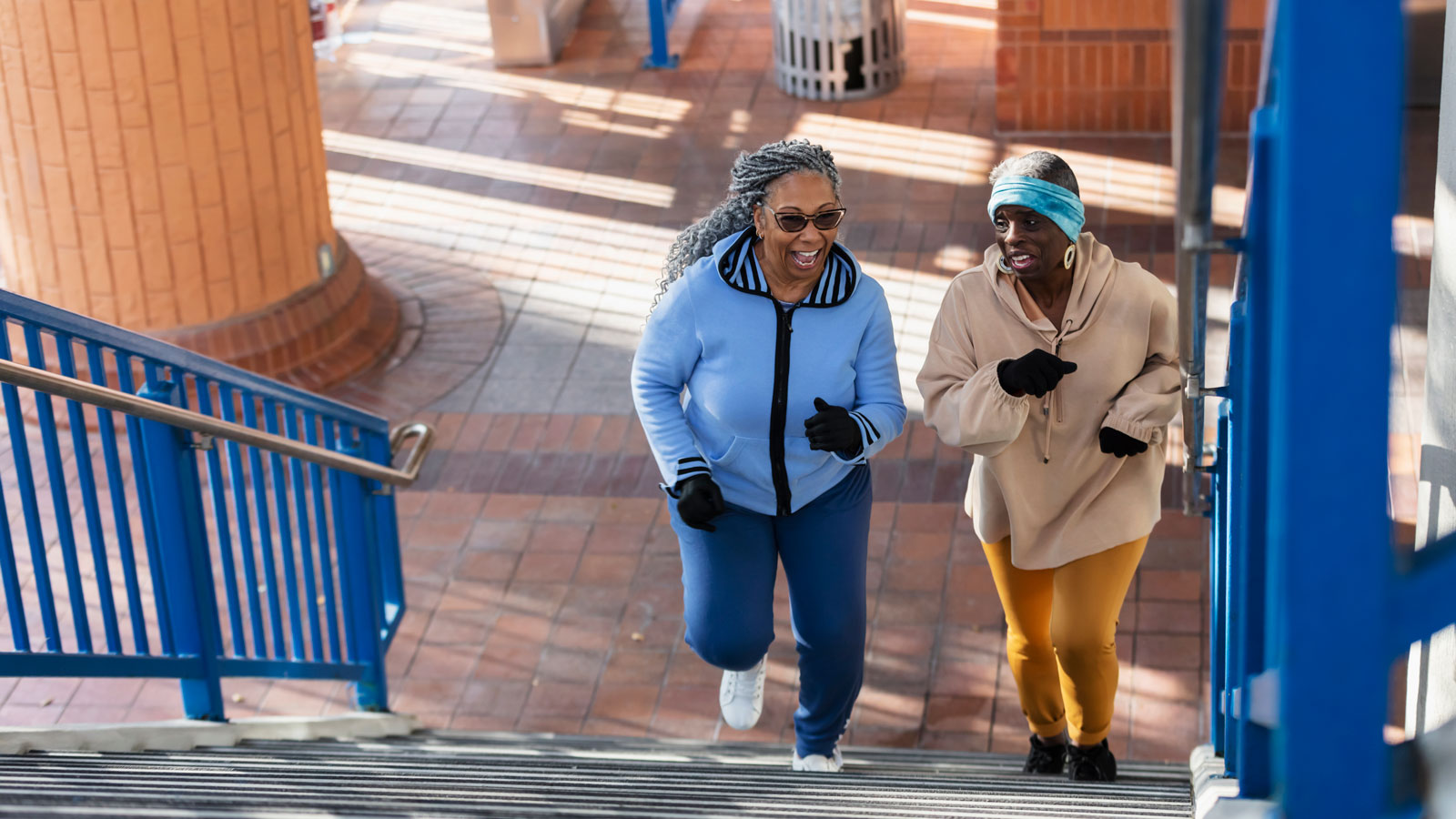
Signs of Lung Disease: What Shortness of Breath Could Mean

How to Get and Stay Healthy This Fall
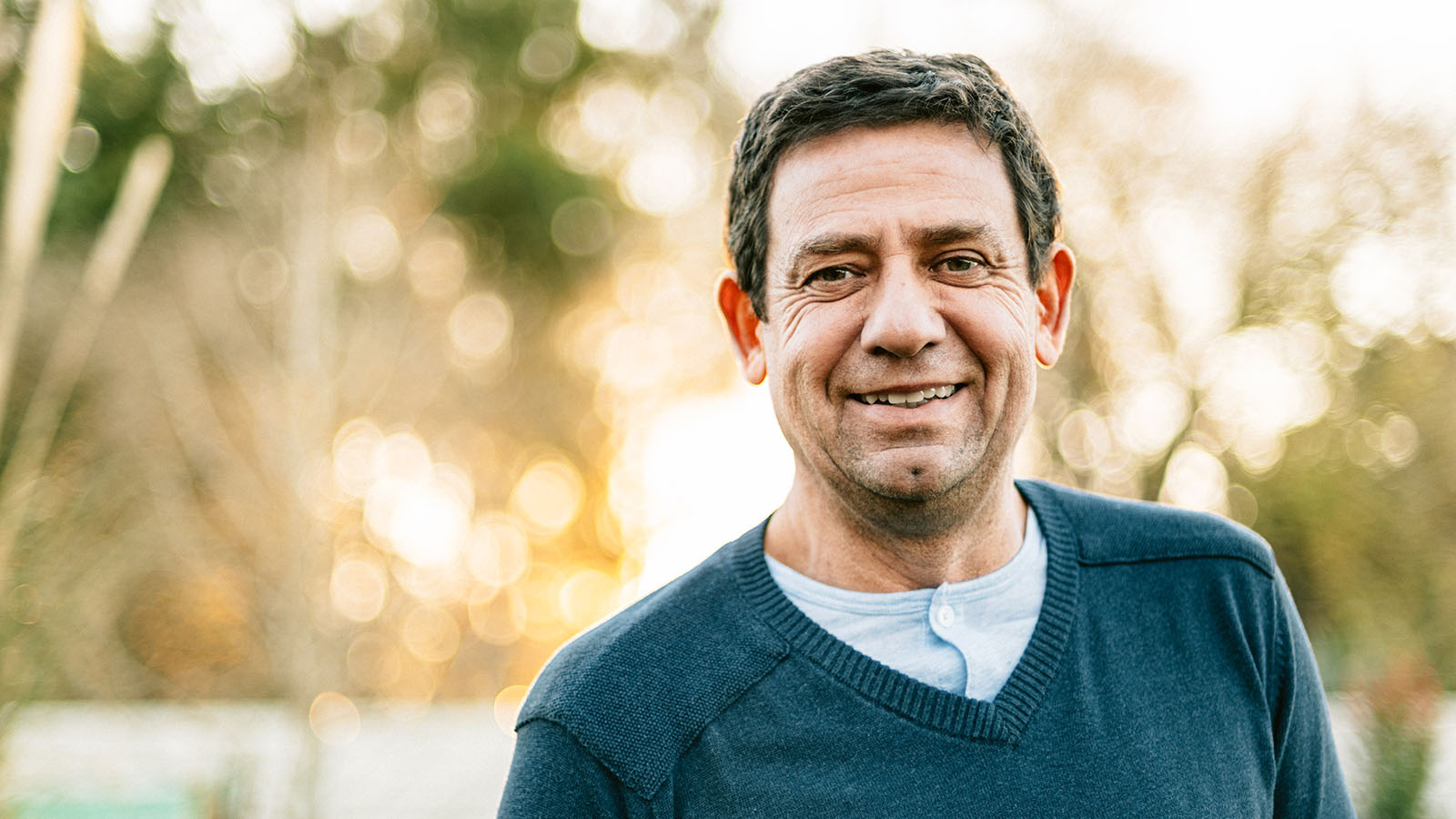
How to Reverse Prediabetes and Prevent Type 2 Diabetes

6 Ways to Get More Out of Your Daily Walk

Social Tips for Introverts: Finding Connection While Preserving Your Energy

Young Breast-Cancer Survivor Has New Hope for Healthy Future
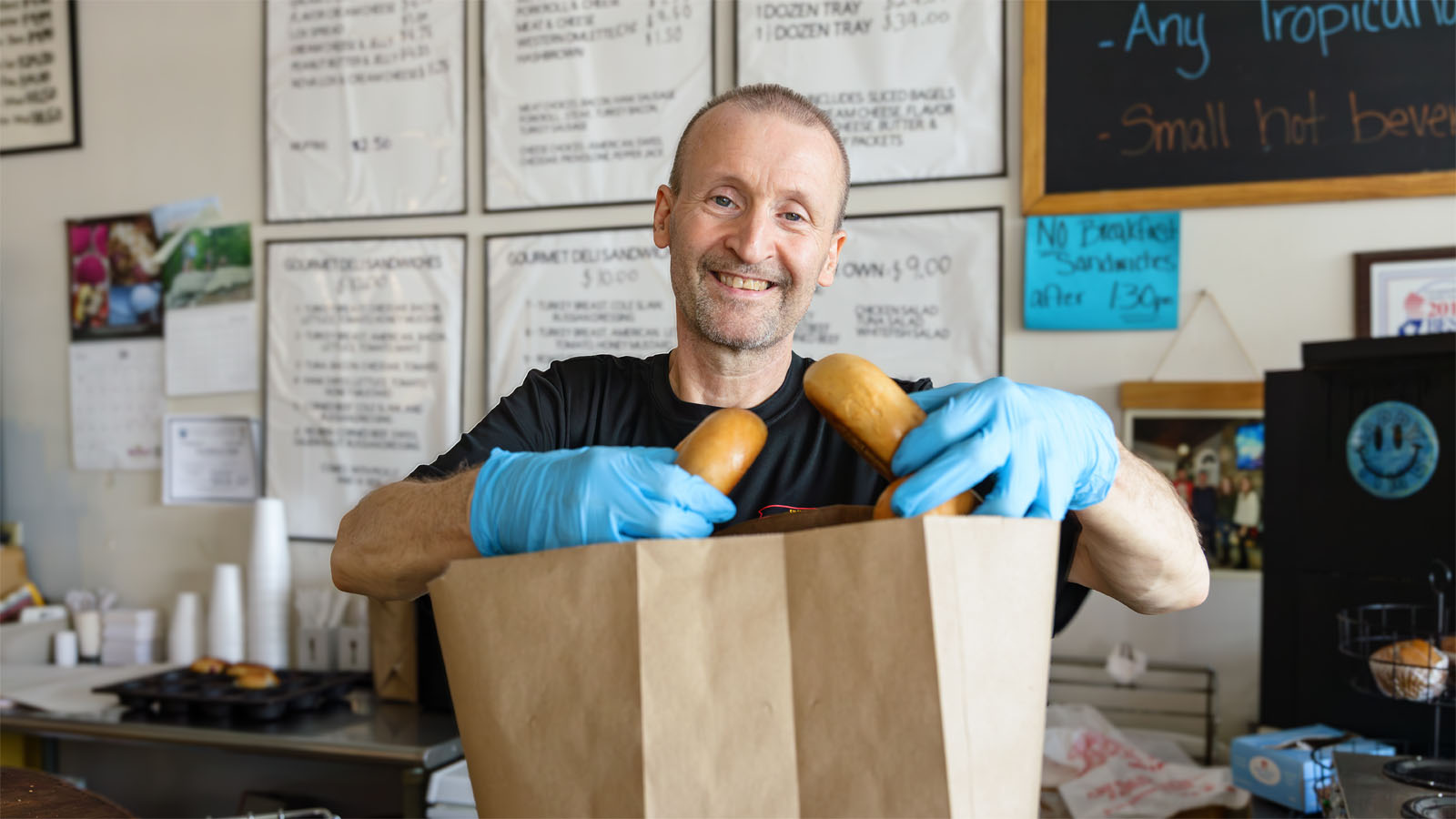
HeartTalk Magazine

Is Cancer Hereditary? What You Need to Know About Your Genetic Risks

Tara's Story: From Debilitating Uterine Fibroid Pain to a Half-Marathon Medal

Is Your Post-Pregnancy Belly Bulge a Sign of Diastasis Recti?

Fall Vegetables: The Health Benefits and Recipes to Try This Season

Prevent Yard Work Injuries: Tips for Mowing, Gardening, and Raking
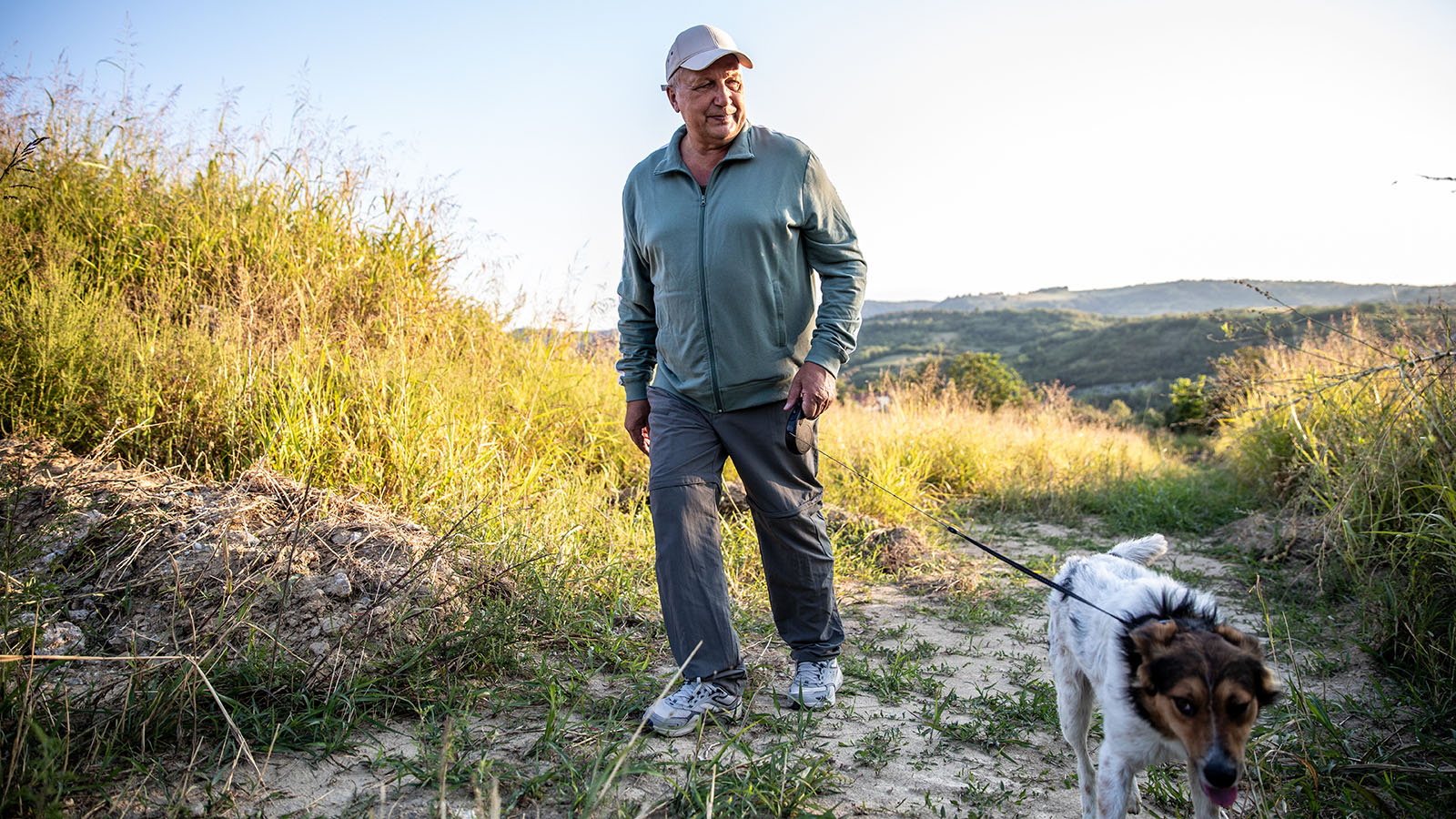
Is Your Daily Walk Making You Really Sore?

IBS and Alcohol: Can You Still Enjoy a Drink?
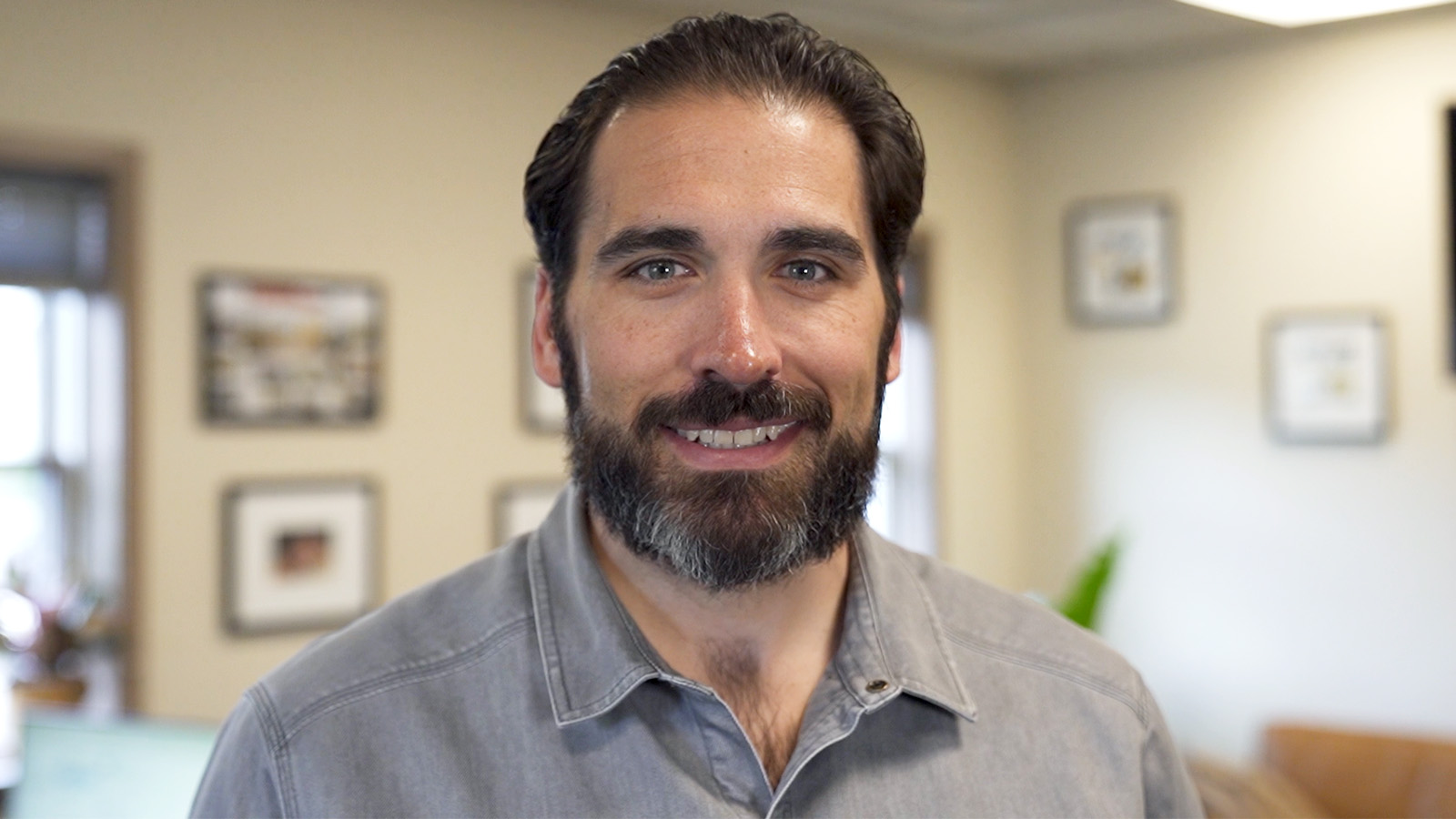
Focus on Mental Health Is Key Part of Andrew's Weight-Loss Journey

What You Need to Know About Epilepsy
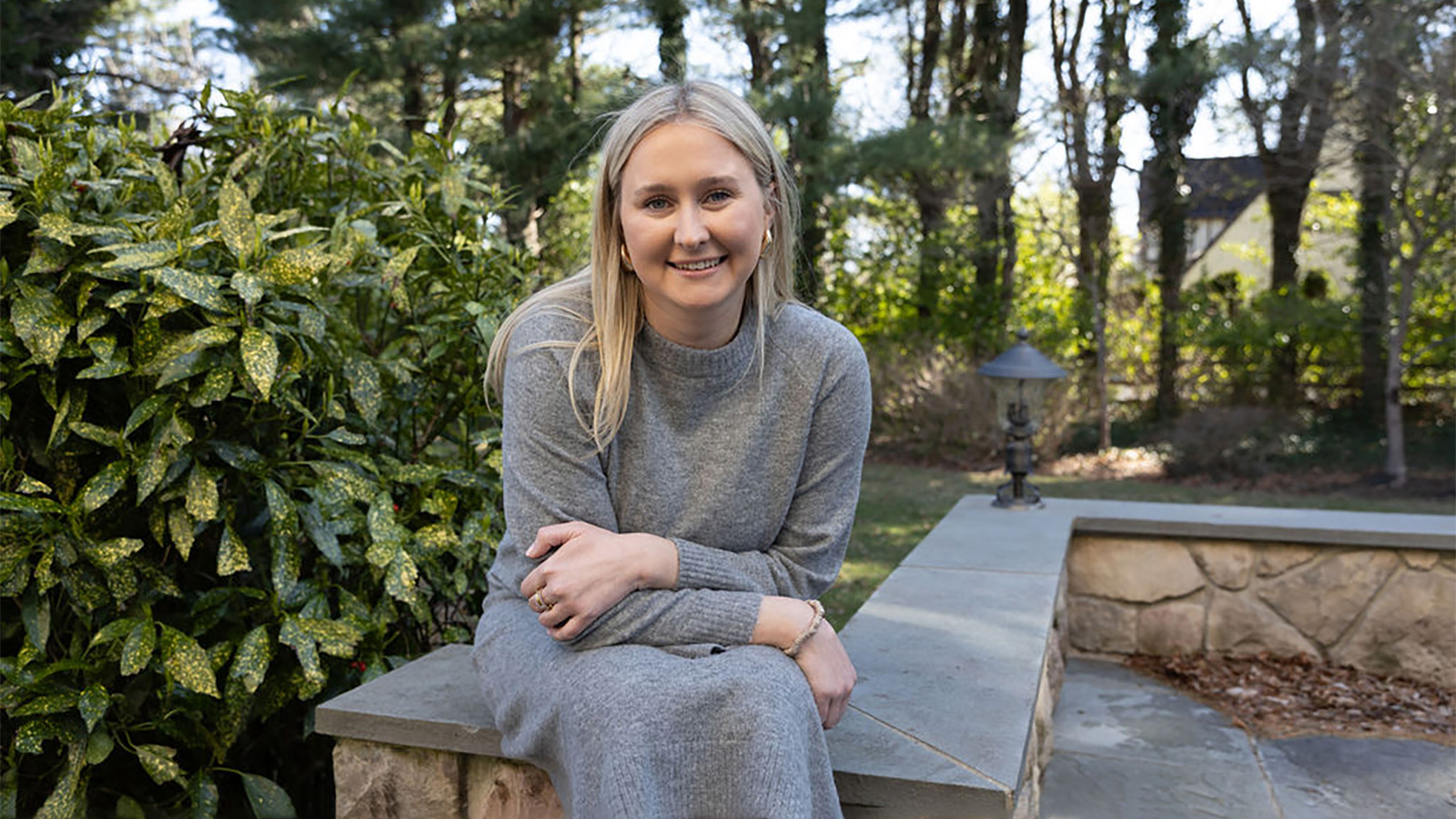
'Feeling Joy Again': ECT Brain Stimulation Therapy Restores Ashley's Well-Being

Lifesaving Heart Care Creates a 'Bond That's Never Left Us'

Not Just for Wrinkles: Botox Injections Promote Improved Bladder Control

Caring Maternity Team Transforms Harley's Pregnancy Crisis Into Lasting Memories

Robotic Hysterectomy, Trusted Care Help Bobbi Shine Again

5 Best Biking Trails In South Jersey

How to Stay Cool and Prevent Heat Illness All Summer Long

What Happens to Your Body When You Don't Get Enough Sleep?

5 Key Facts About Proton Therapy for Cancer Treatment
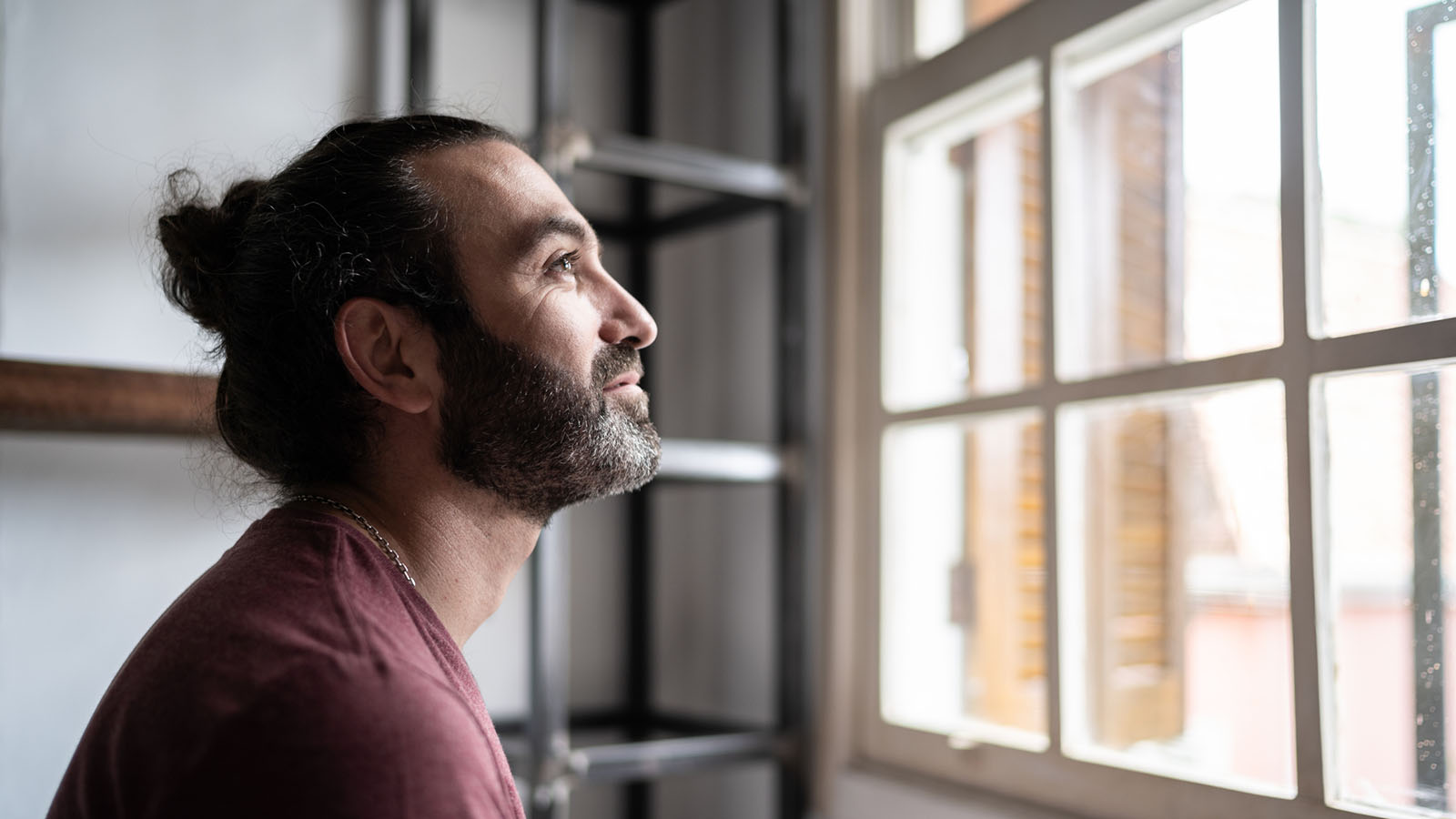
Mood Swings vs. Mood Disorders: Know the Signs and Get Help
Are emotional ups and downs disrupting daily life? Learn common signs of mood disorders, and when to talk to a doctor about diagnosis and treatment options.
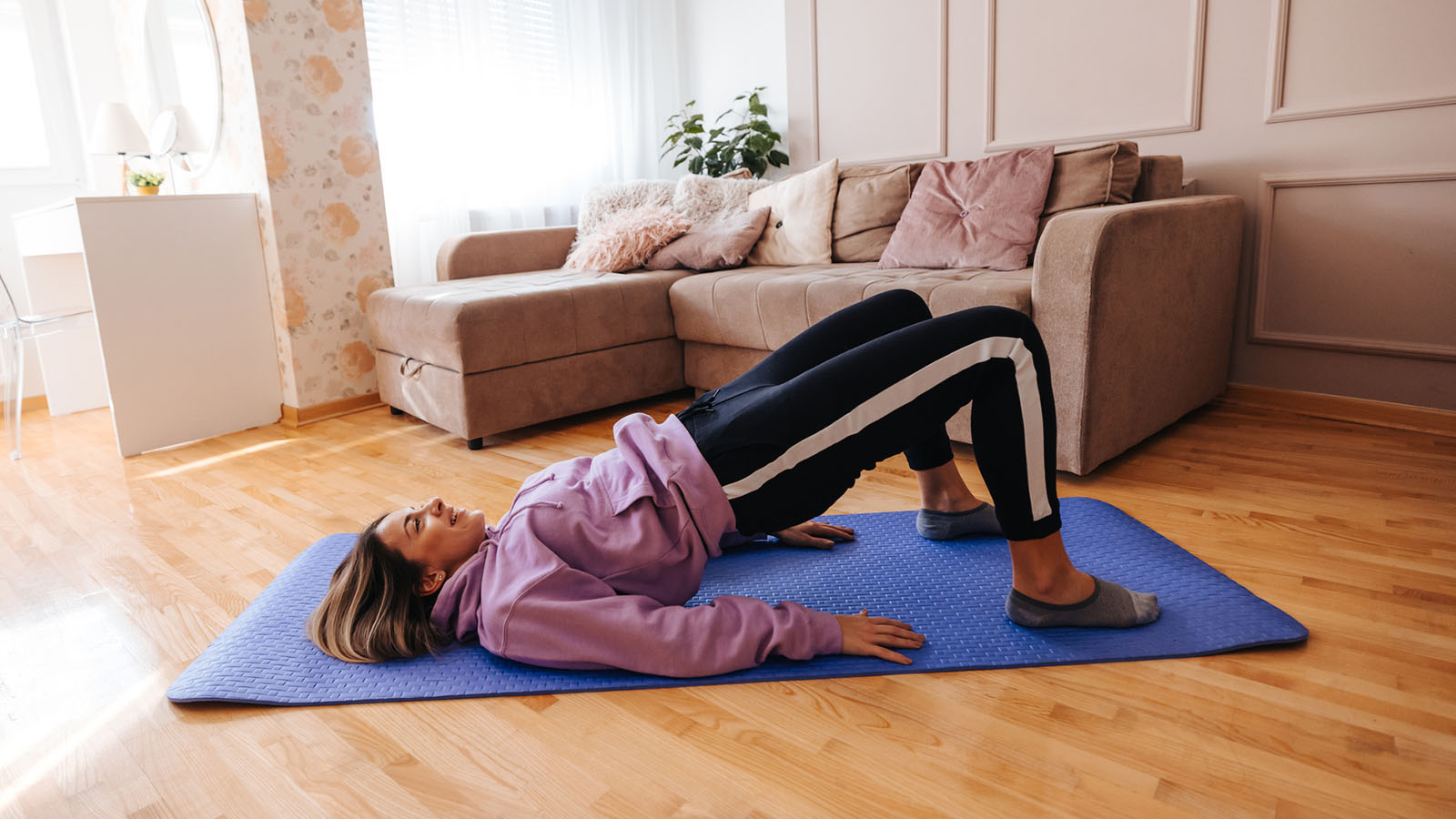
4 Foolproof Pelvic Floor Strengthening Exercises for Women

What to Expect During Perimenopause

Protect Yourself From Tick Bites and Lyme Disease

Groundbreaking Renal Denervation Procedure Controls a Lifetime of High Blood Pressure
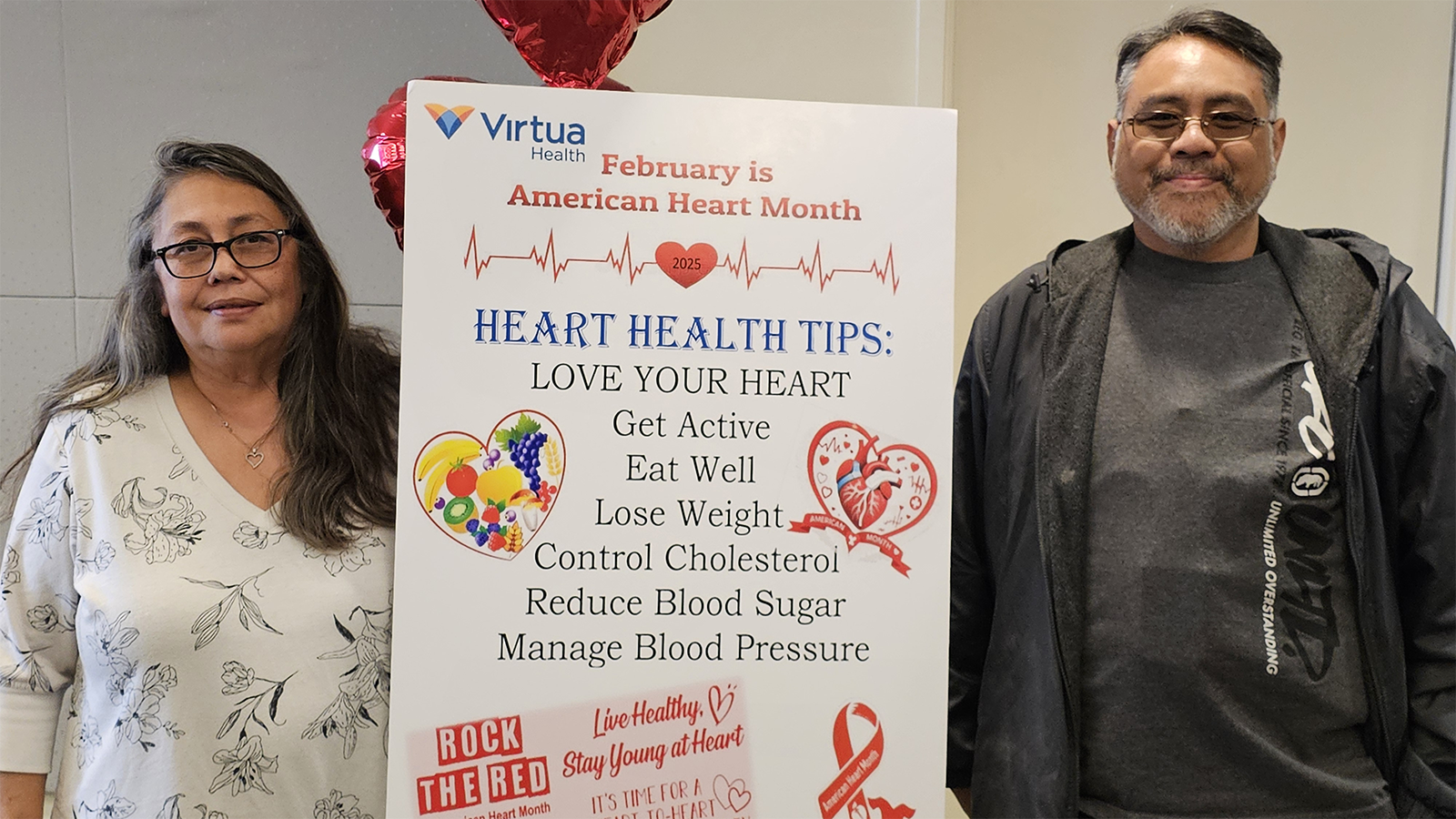
Patient Story: LVAD Mechanical Pump Strengthens Michael's Heart Function
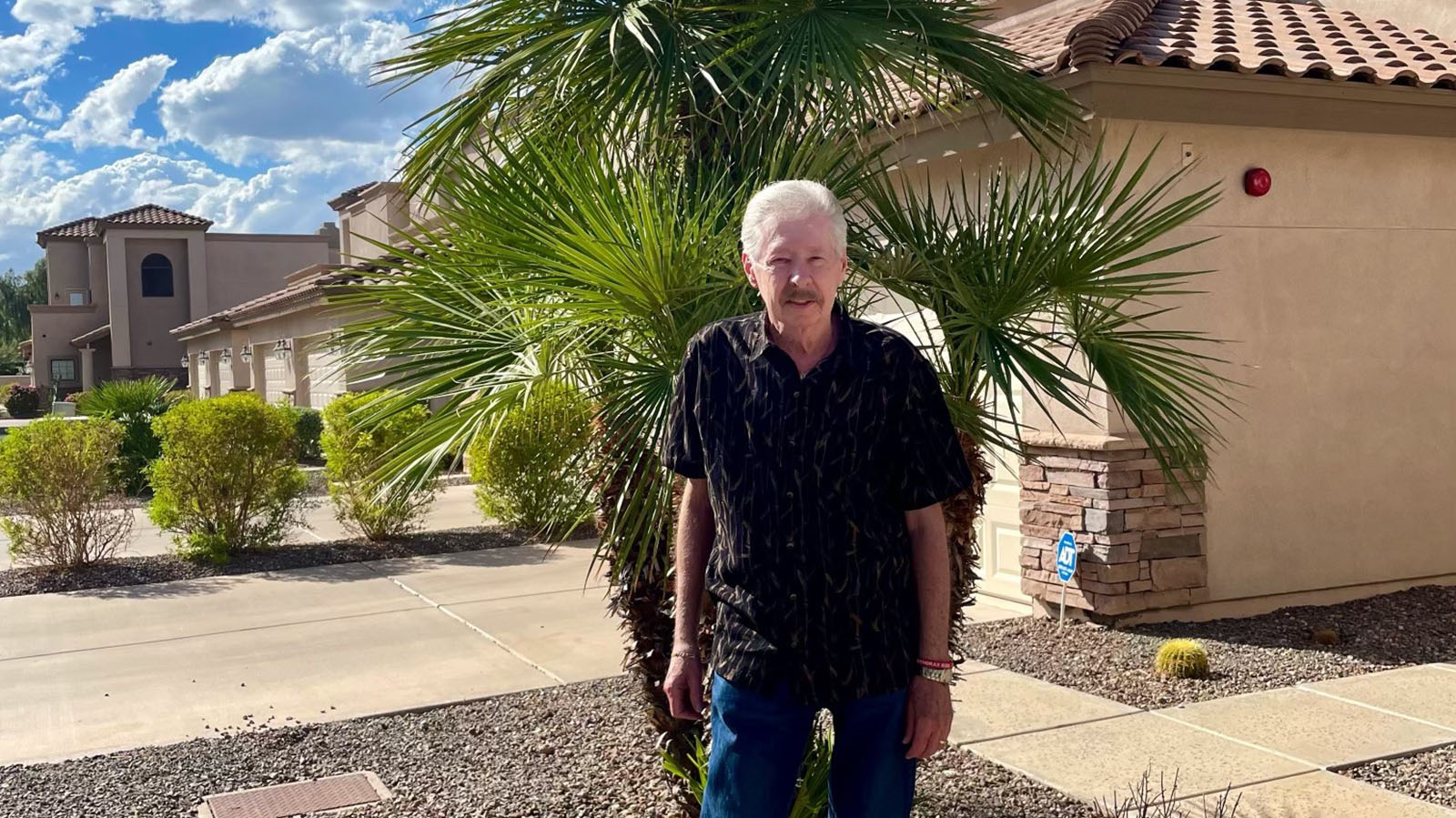
Rock On! Jersey Musician Frank Sings the Praises of His New Lung Valves

6 Tips to Tame Your Spring Allergies

Do You Know the Signs and Symptoms of Uterine Fibroids?

How Are Uterine Fibroids Treated?
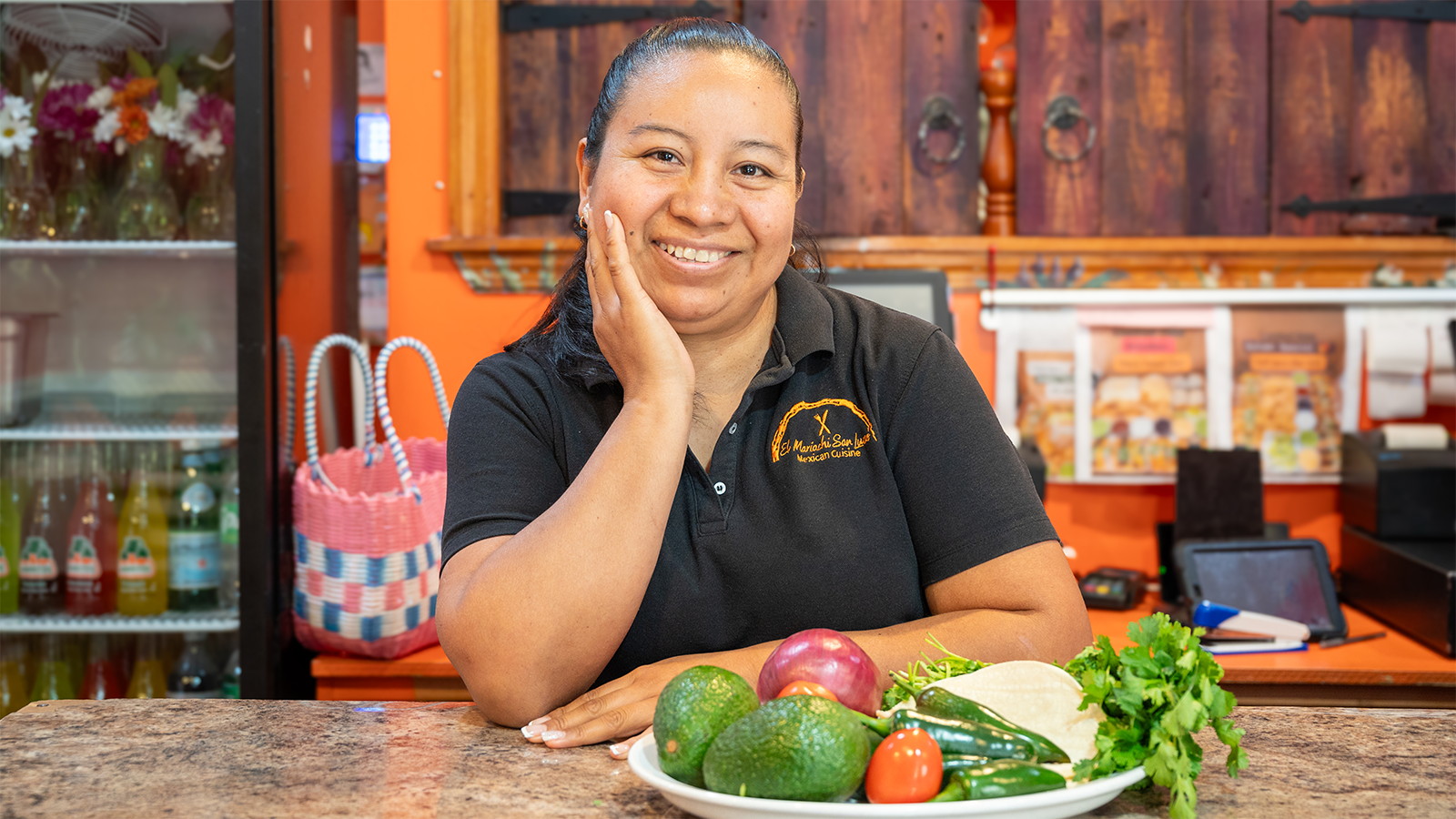
Mitral Valve Surgery Keeps Yaneth Living the American Dream

How Can I Prevent Bone Loss and Osteoporosis?

Is an At-Home Colon Cancer Test a Good Alternative to a Colonoscopy?

How Do You Manage the Side Effects of Weight-Loss Medications?

A Woman’s Four-Step Guide to Fight Back on Back Pain
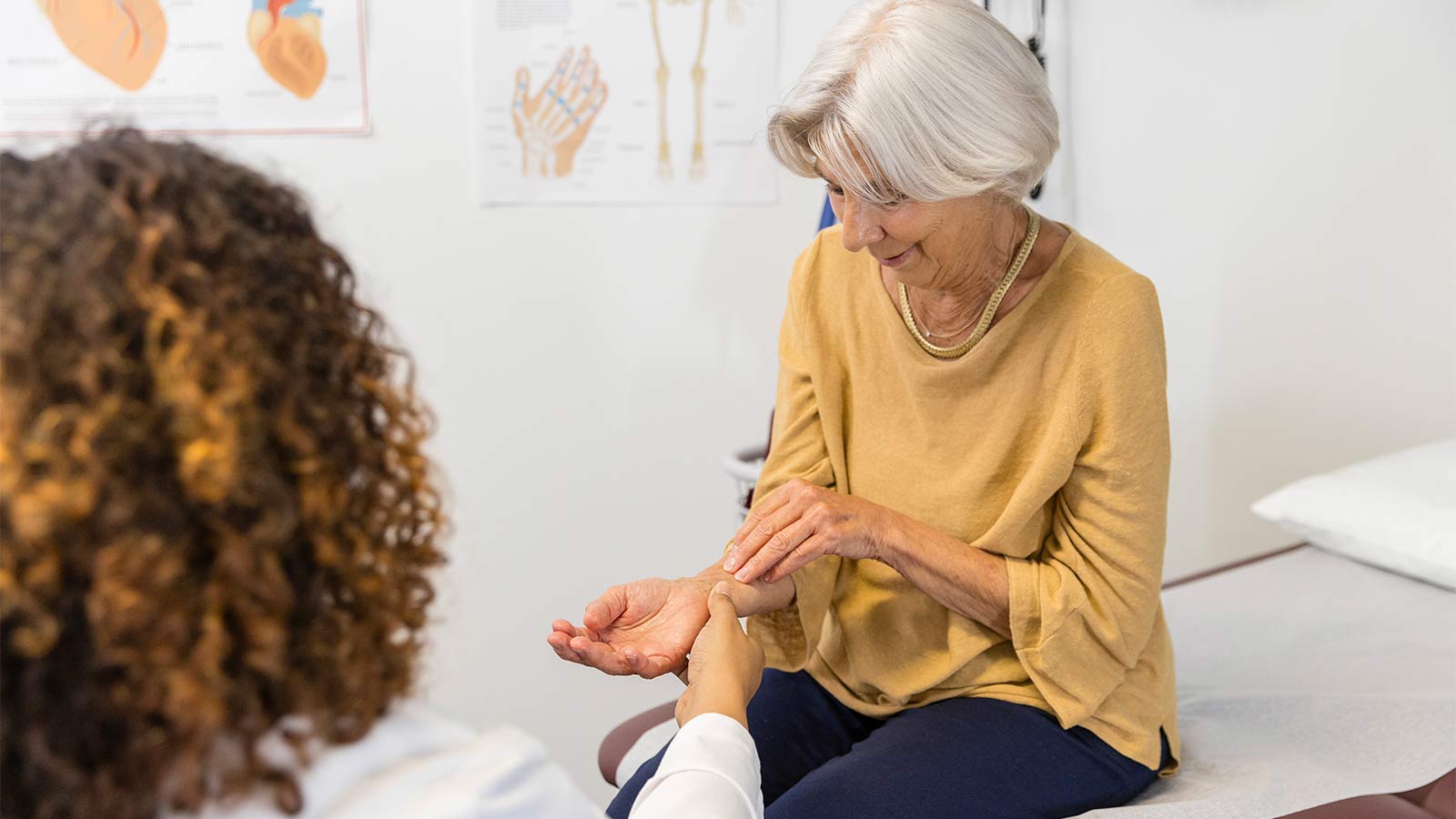
What You Need To Know About Carpal Tunnel Syndrome
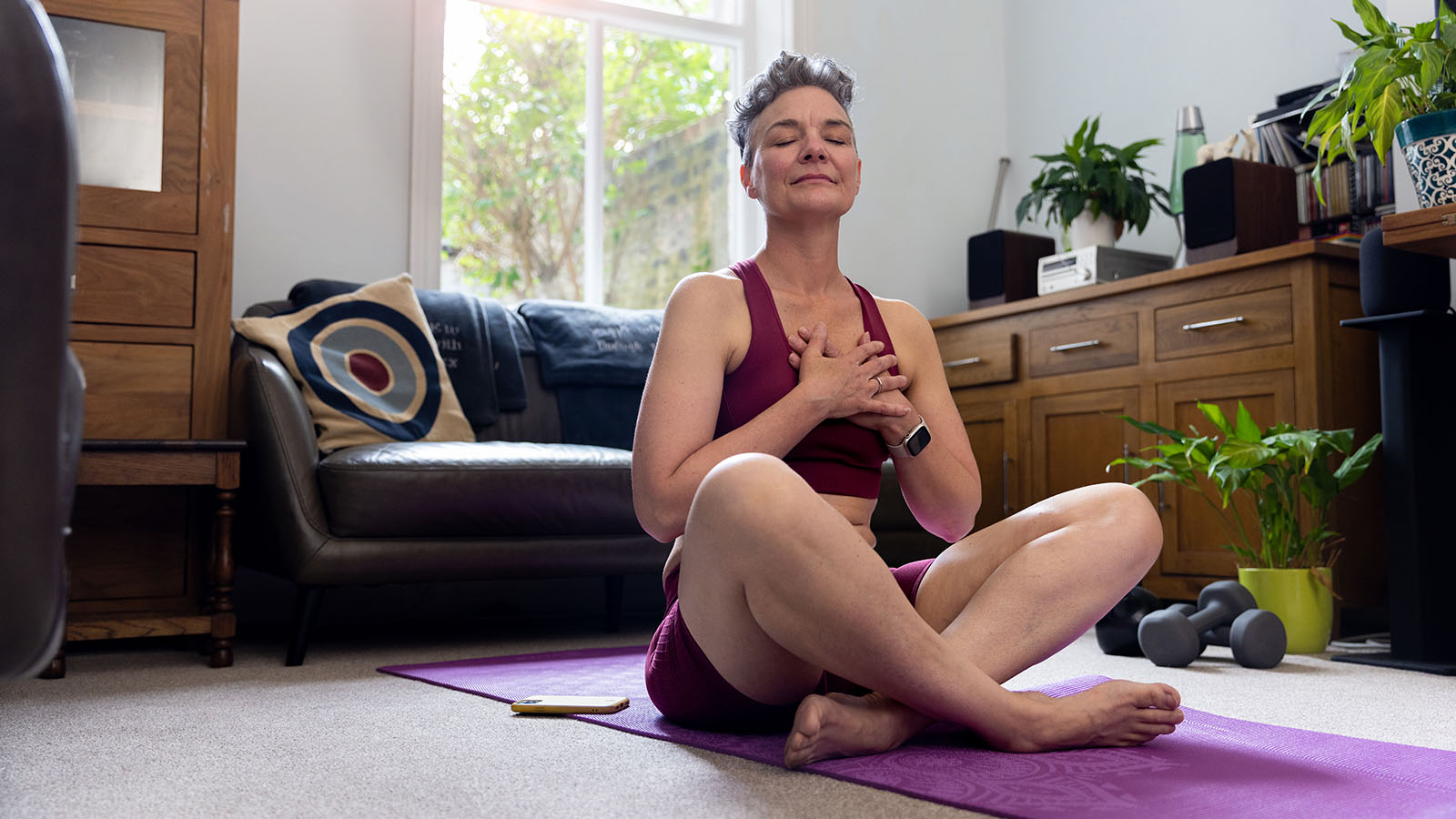
The Truth About Menopause, Weight Gain, and Belly Fat

Shedding Light on Lesser-Known Menopause Symptoms and Solutions

Debunking The Myths About Vaginal Dryness
Inside Look at Blood Vessels Aids PAD Treatment
Denise Davis: Pay Attention to Your Heart Health

What You Need To Know About Stroke Treatment

Prayers Answered: Pastor Gatling on New Mission After Kidney Transplant

10 Smart Ways to Manage Your Diabetes
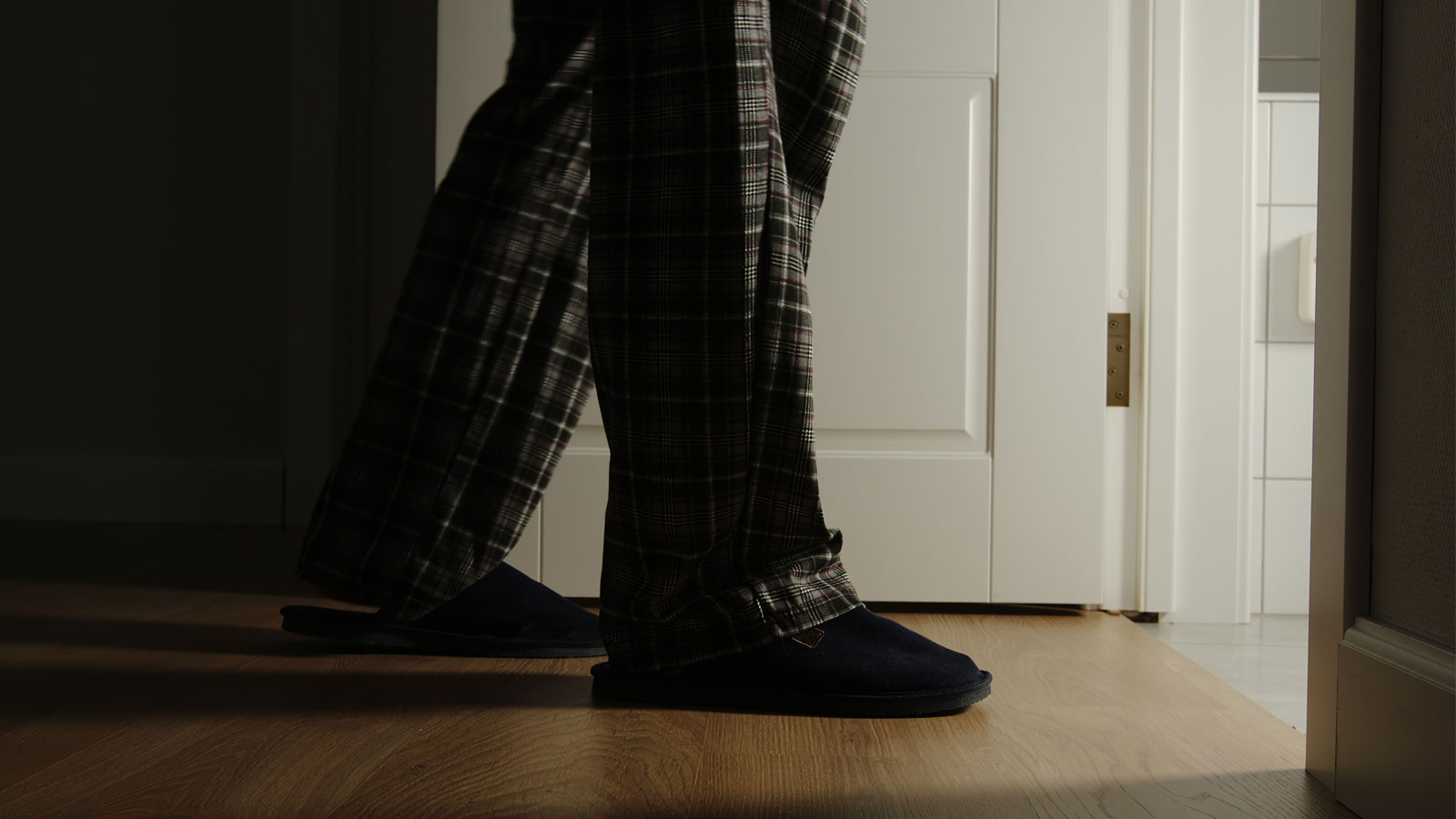
Signs You May Have Chronic Kidney Disease
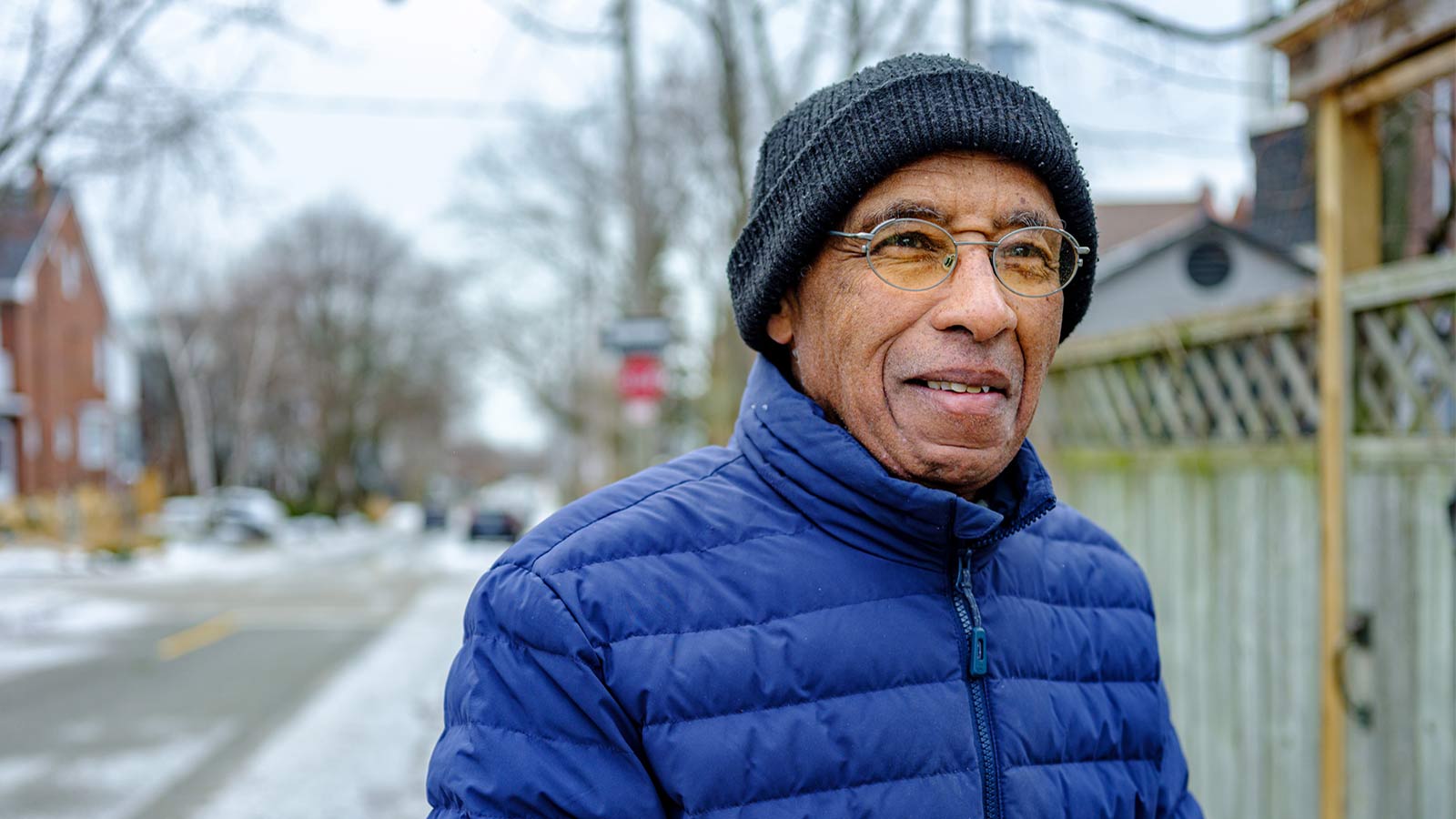
5 Essential Winter Foot Care Tips When You Have Diabetes
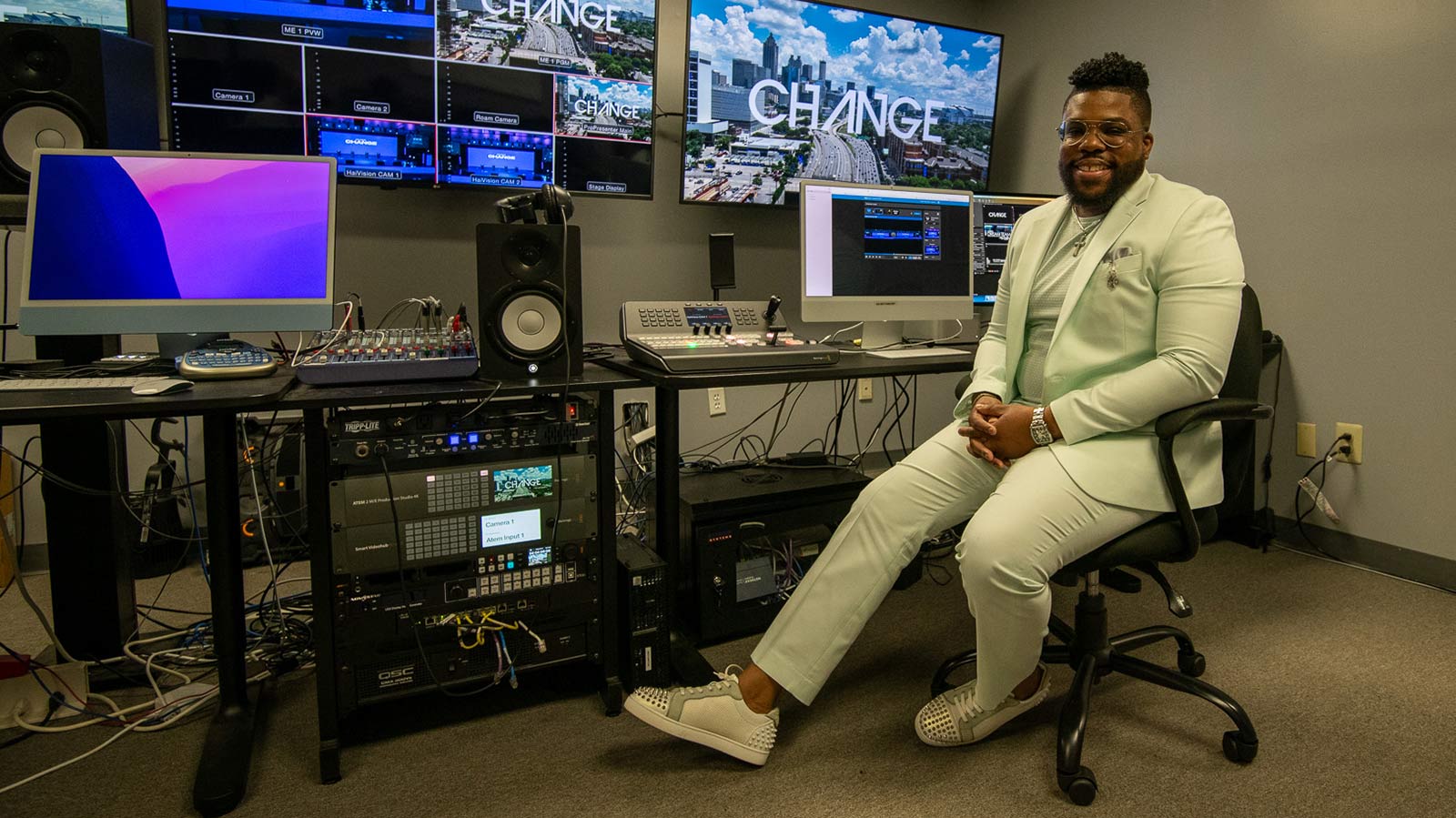
Sweet Music: Trust, Teamwork Save Justin from Heart Attack

Complex Heart Surgery Nets James a Lifelong Friend
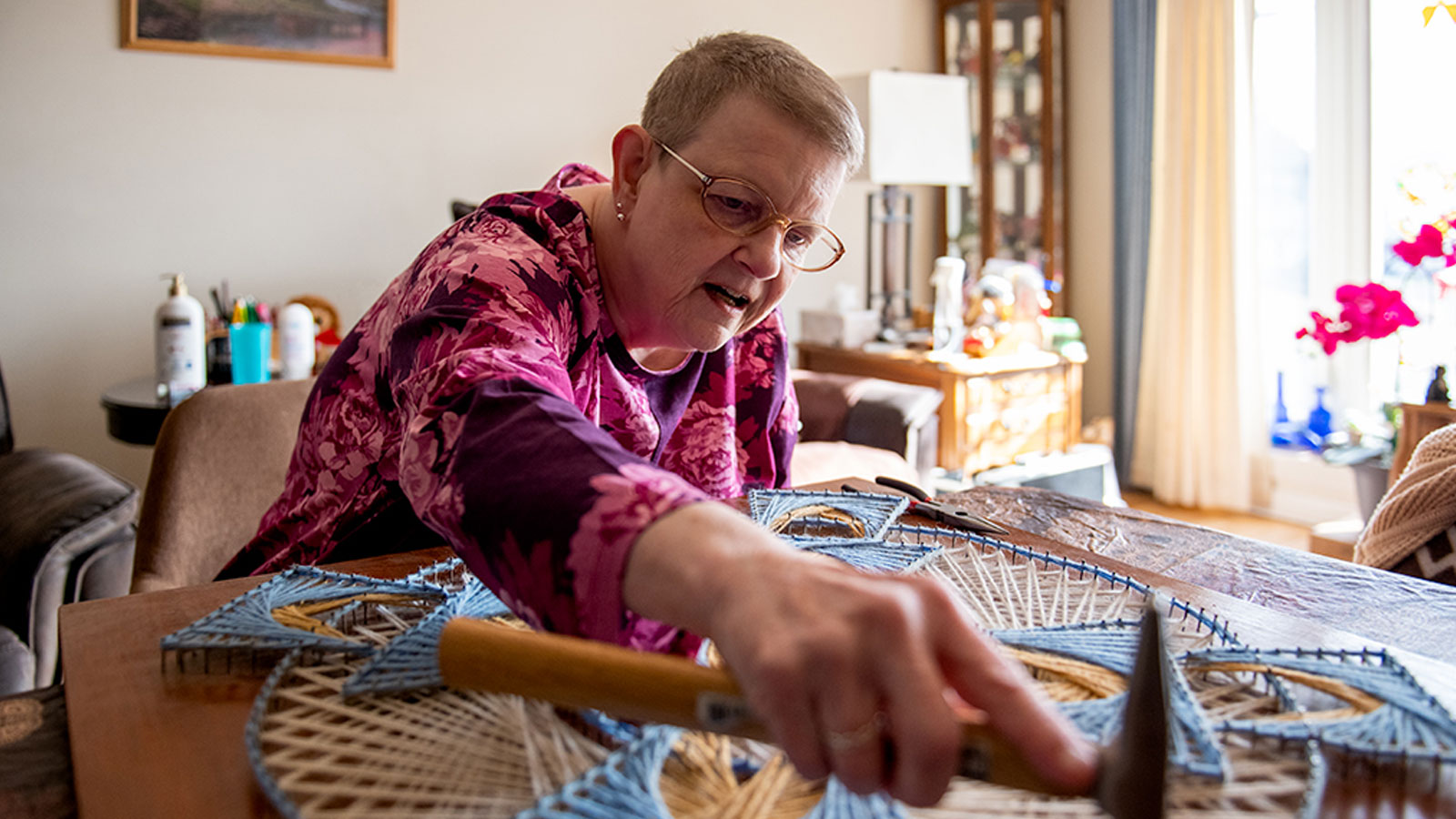
Hepatitis C Kidney Transplant a Blessing For Lee Manns
Special Delivery Organ Transplant Gives Amazon Employee Second Chance
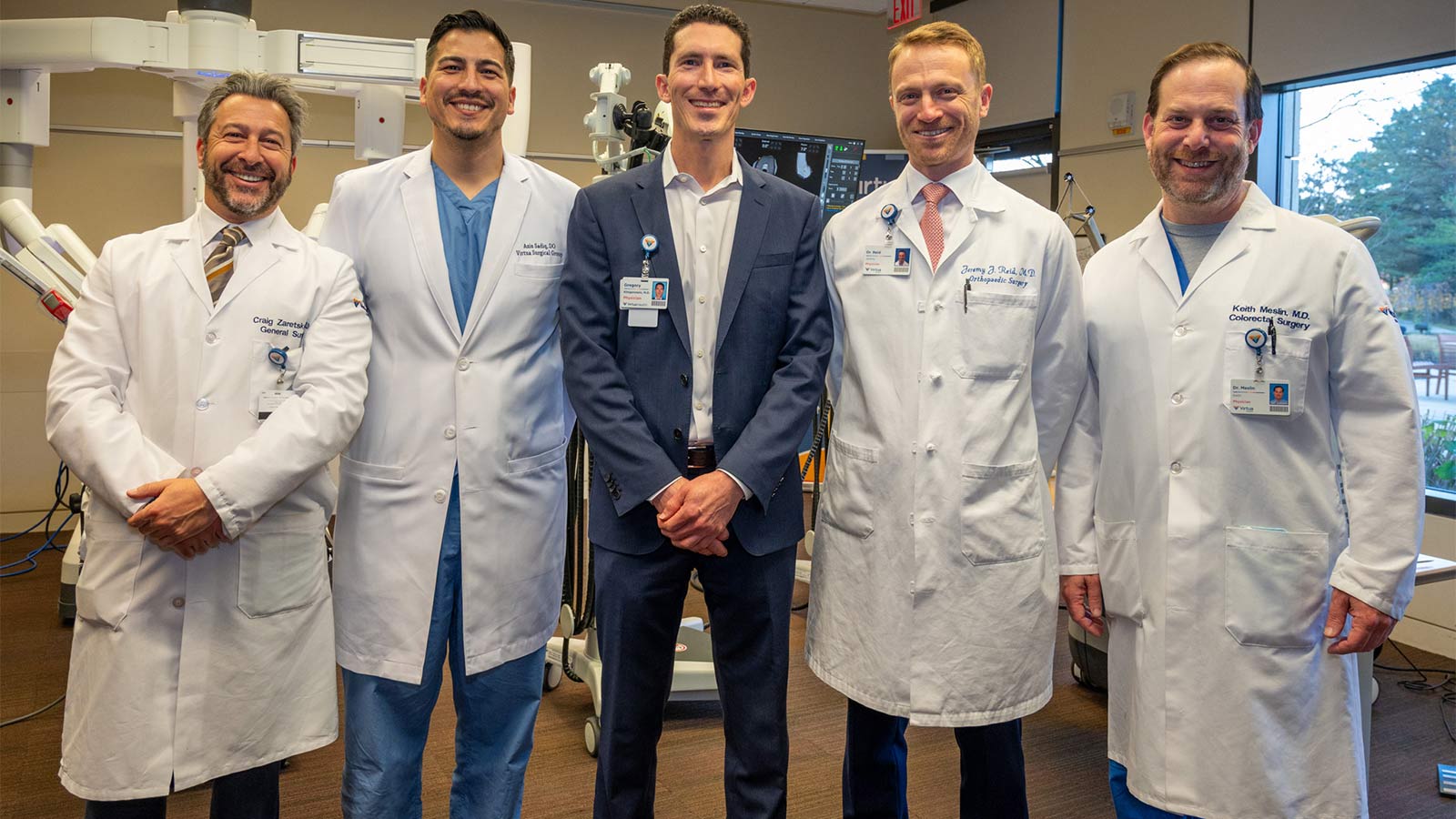
7 Reasons Why You Want Your Surgeon to Be an Expert in Robotics
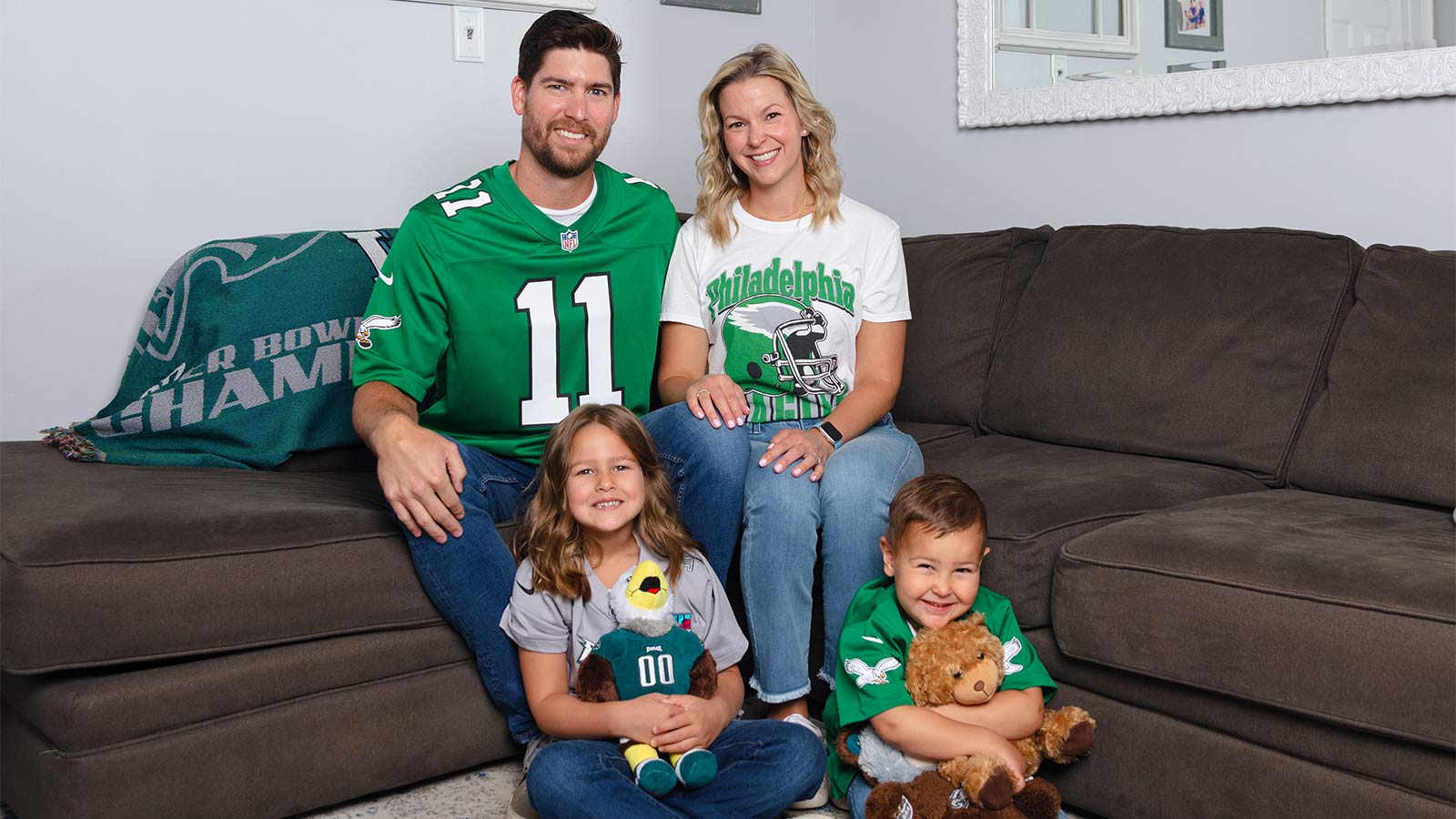
Colitis Symptoms Under Control, Jennifer Is ‘Living My Best Life’
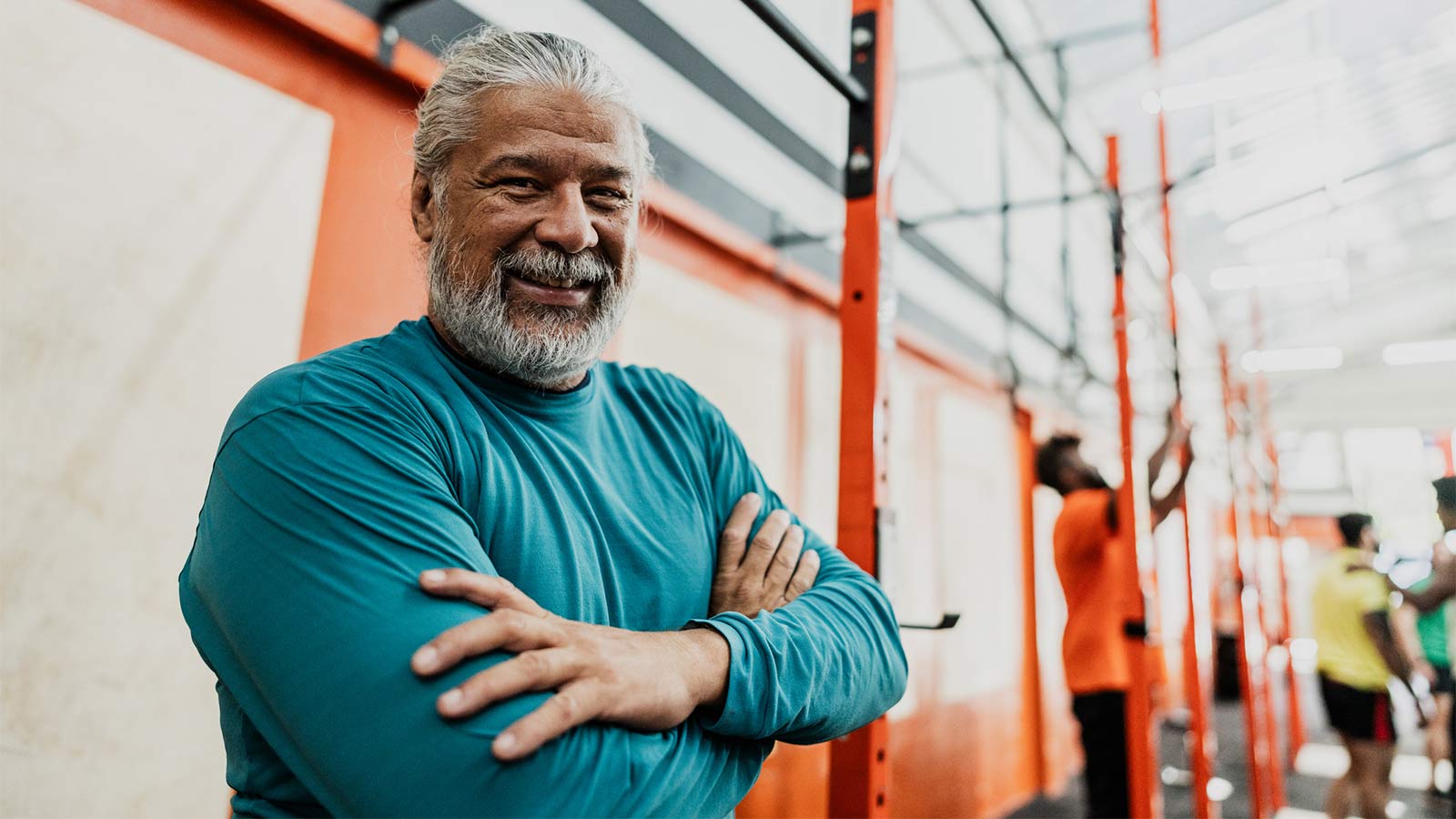
How Do I Care for a Wound that Won't Heal?
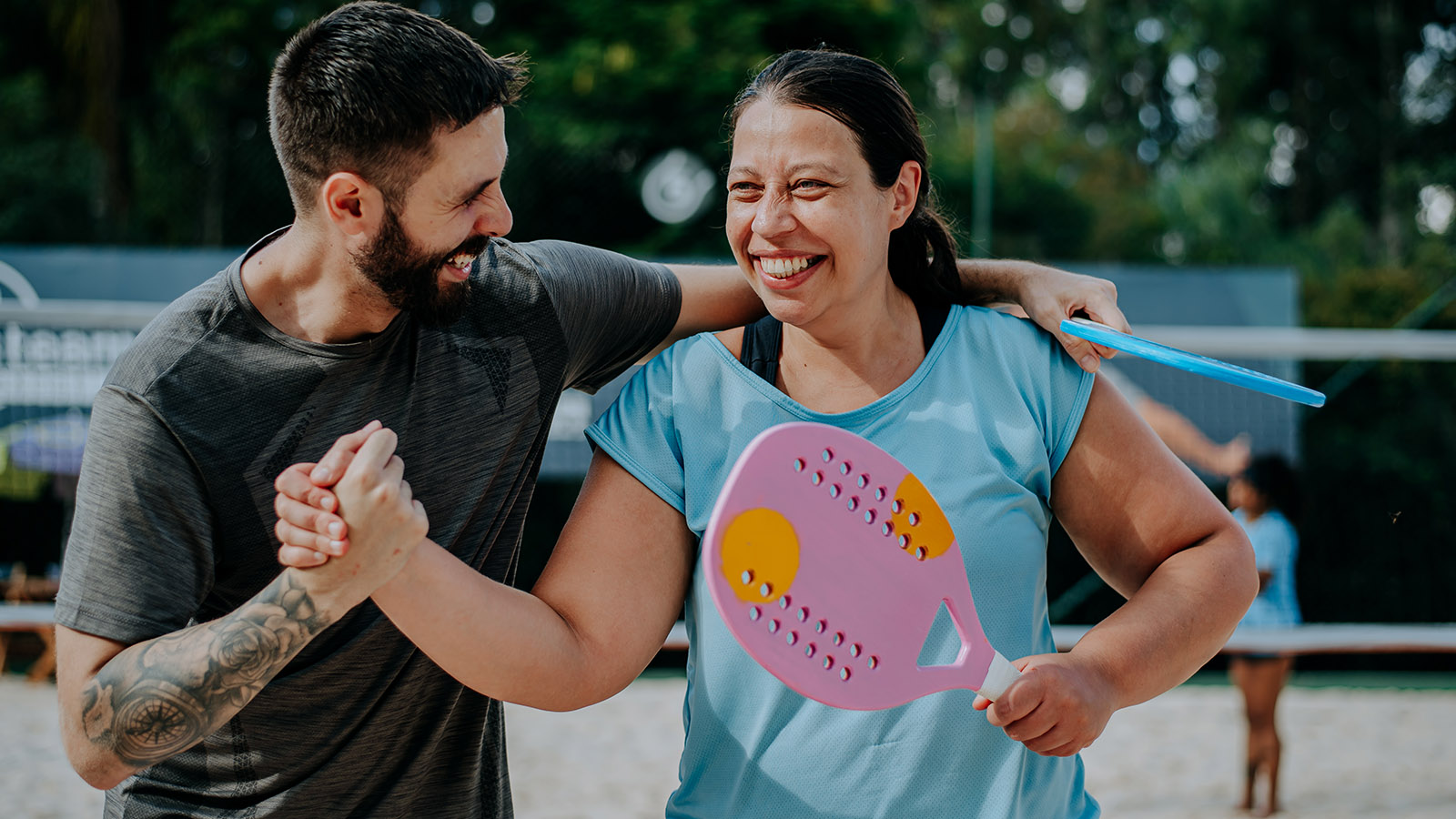
Five Back Pain Risk Factors That You Should Know

Is My Back Pain Normal, or Is It Spinal Stenosis?

Robotic Hernia Surgery Combines Innovative Techniques With Faster Recovery Times

5 Back Stretches for the Work-From-Home Workweek

How Does Breast Density Affect Your Mammogram?

Menopause: New Insights Into the Power of Hormone Replacement Therapy

Signs You Should Get Treated For Vein Problems
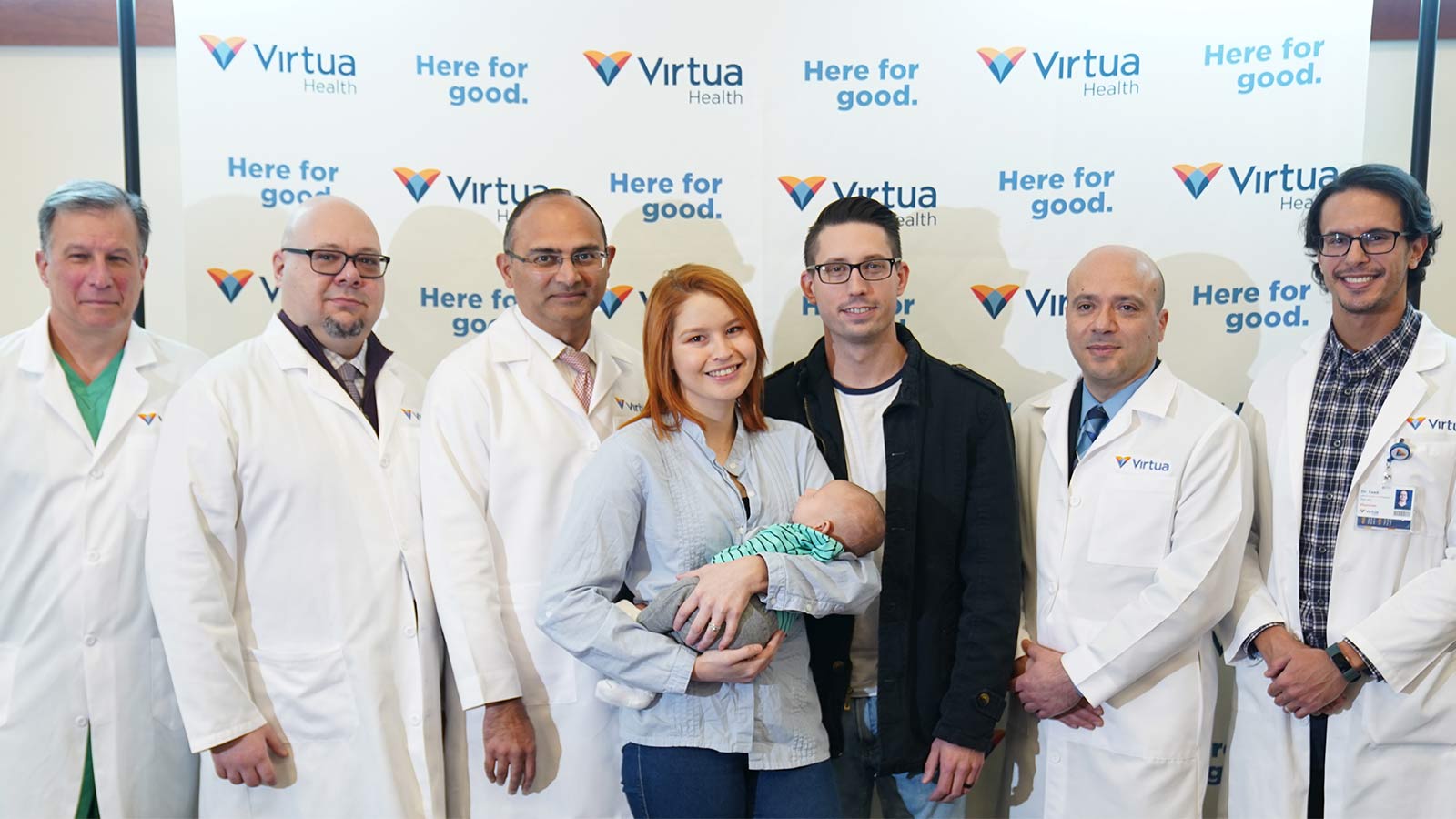
One New Heart Valve Saves Two Lives in the Tritten Family

What You Need to Know About Heart Failure
Lung Valve Surgery Relieves COPD, Emphysema Symptoms

4 Easy Ways to Treat and Prevent Runner's Knee

Lung Screening, Robotic Technologies Get Pat Kicking Up Her Boots Again

Breast Cancer Diagnosis Inspires Catherine to Help Others

Jasmine’s On-Air and Pain-Free After Gallbladder Surgery
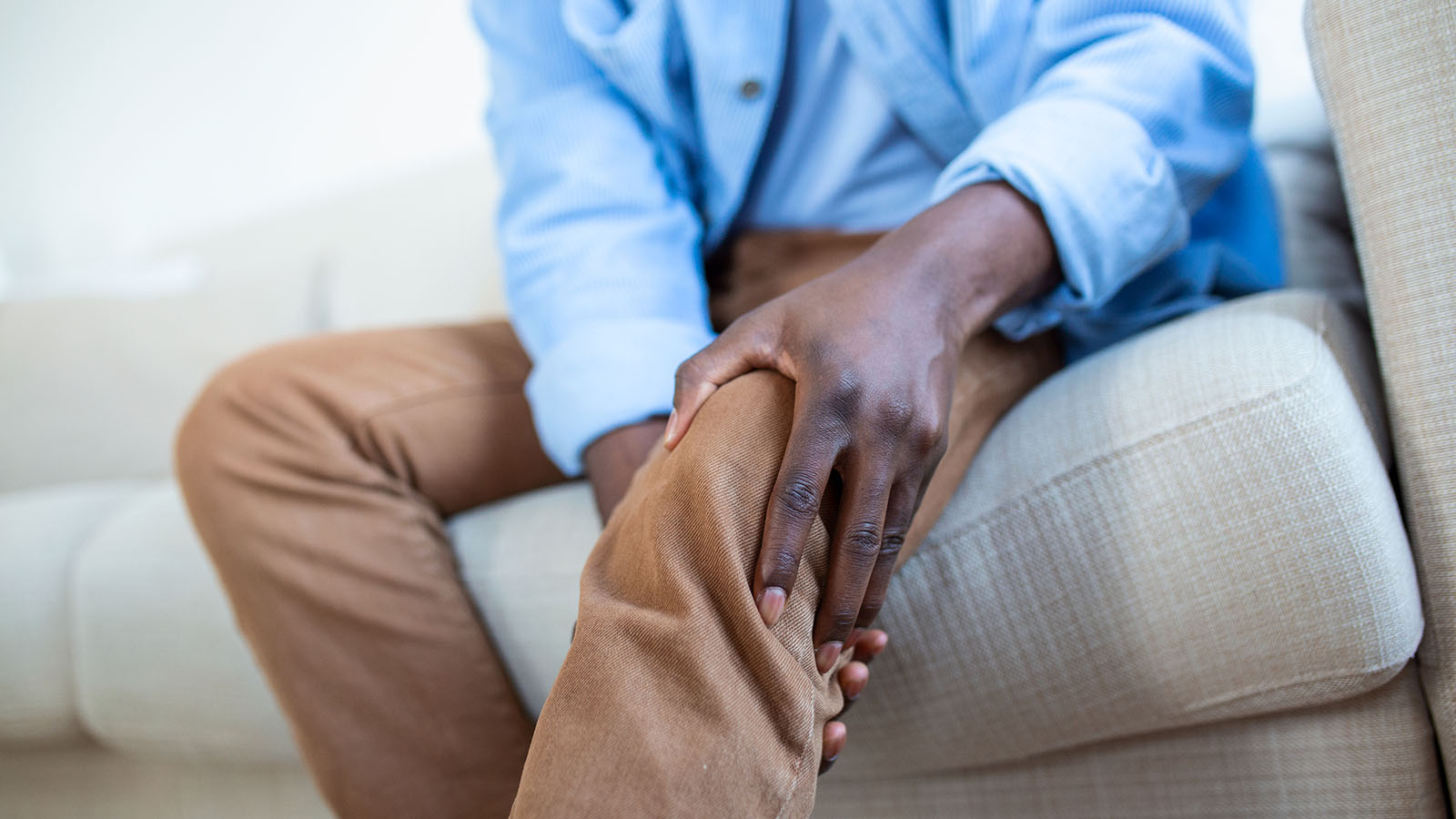
When Should I See a Doctor About My Knee Pain?

Quick Action Leads to Jesse's Recovery From Stroke

A Non-Athlete’s Guide to Shoulder Overuse Injuries
Shoulder problems aren’t limited to athletes. Virtua orthopedic surgeon Sean McMillan, DO, explains shoulder overuse injuries and prevention in this article.

Put Lower Back Pain Behind You With This Ten-Step Guide

Wide-Awake Hand Surgery Speeds Recovery, Puts Control in Patients' Hands
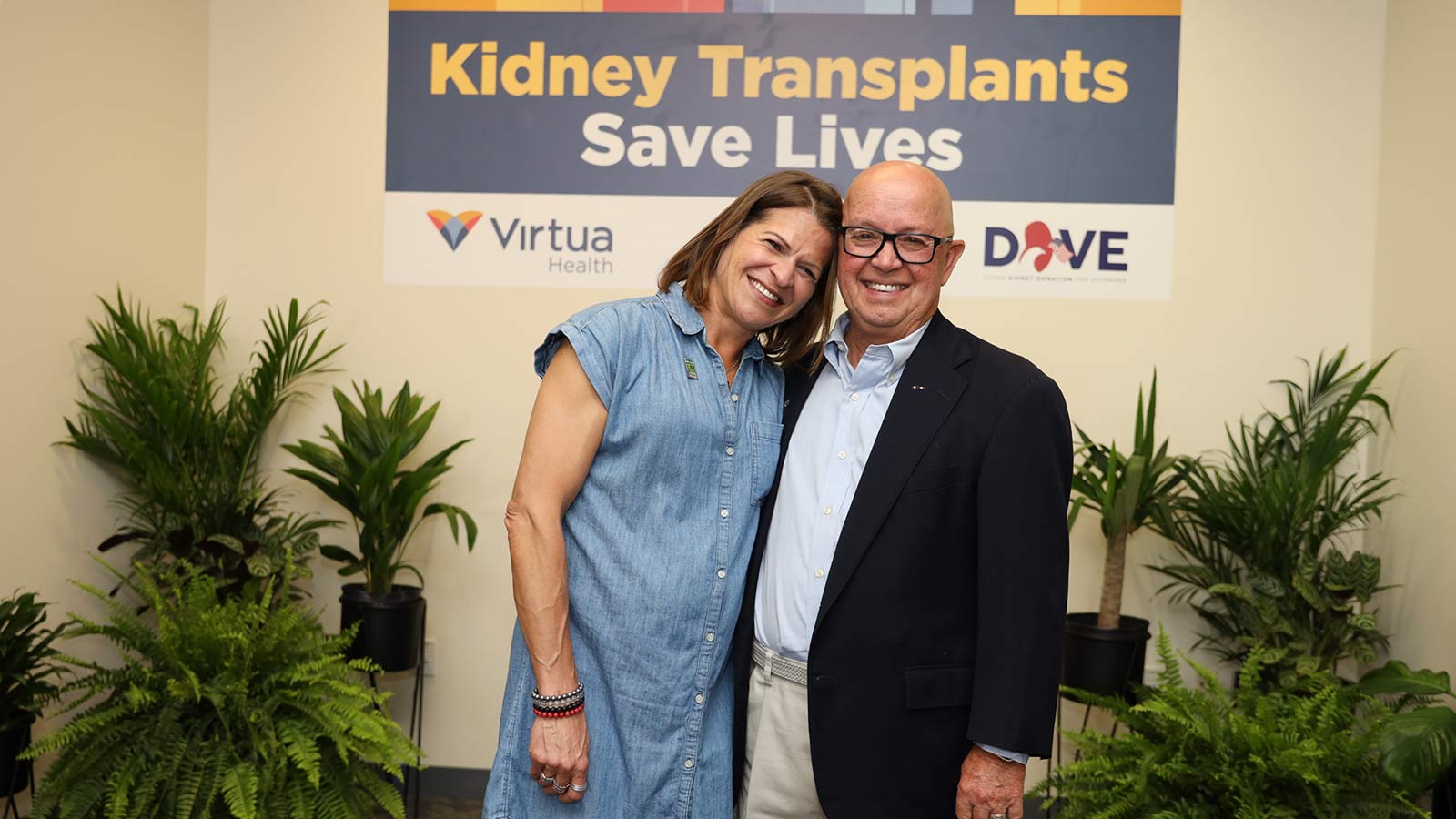
South Jersey Veteran Thrives After Cross-Country Kidney Donation
Working from Home? Take a Quick Break to Stretch Your Wrists

3 Ways to Avoid Knee Pain

When Should I See a Doctor for My Hip Pain?

When Should I See a Doctor About My Shoulder Pain?

Is My Back Pain Normal, or Is It Sciatica?

Is My Back Pain Normal, or Is It a Herniated Disk?

When Is It Back Pain, and When Is It Something More?

Watchman Heart Device: a Technological Breakthrough for Blood Clot Prevention
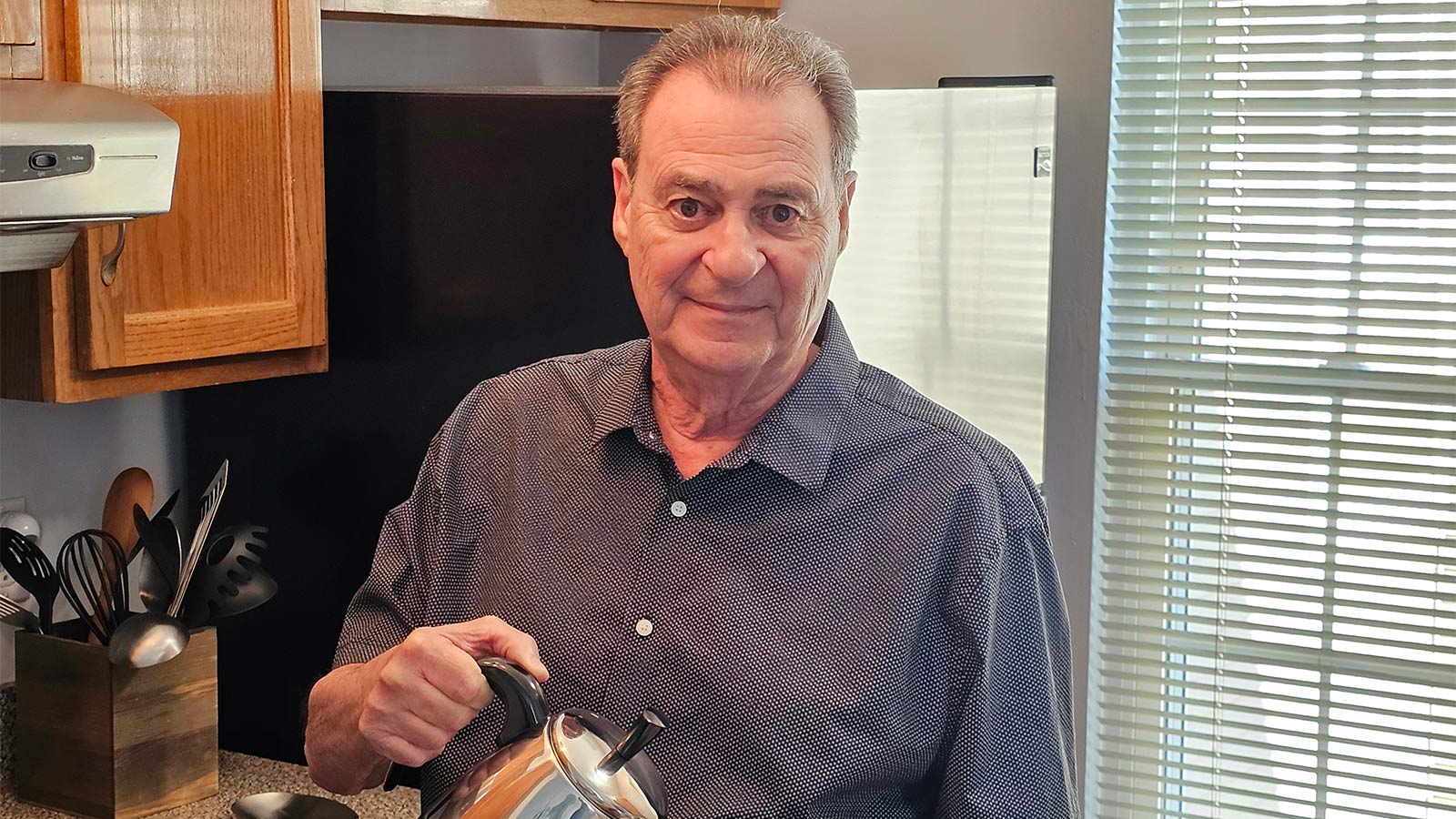
Albert's Emergency Cardiac Surgery Is a 'Story of a Lifetime'

What Can I Do Right Now About My Aching Back?

How Do I Get Rid of This Back Pain for Good?

Can Your Gut Health Affect Your Heart?

When Should I Be Worried About My Neck Pain?
Advanced Heart Failure Therapies Get Bernadine Back to Full Speed

Sarah Wins Back Her Health After Crohn's Disease Diagnosis
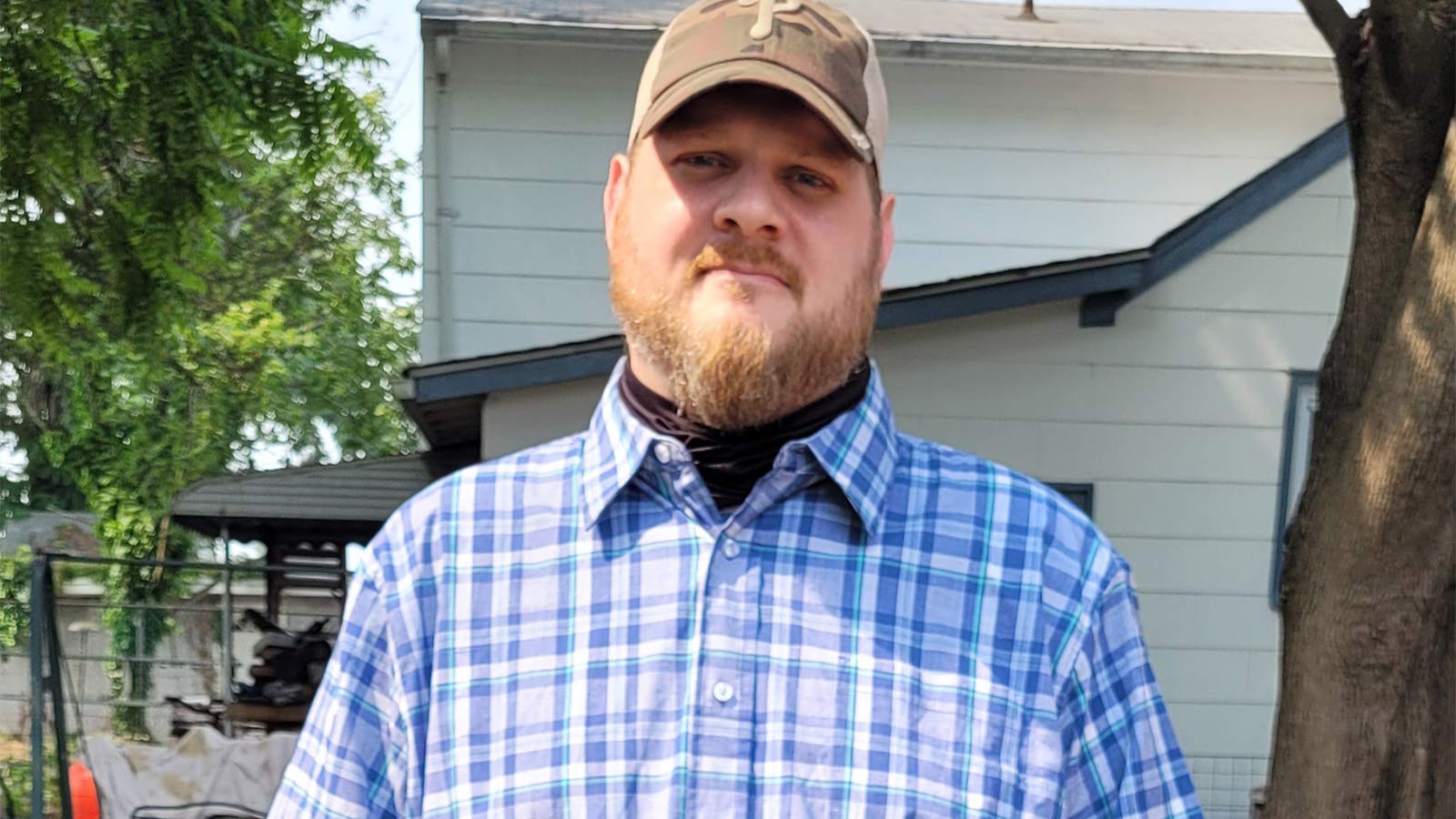
Overcoming Addiction, Philip Now Sees More Positive Side to Life
Firefighter's Successful Lung Cancer Care at Virtua
A Lung Screening Put Teresa Back in the Race
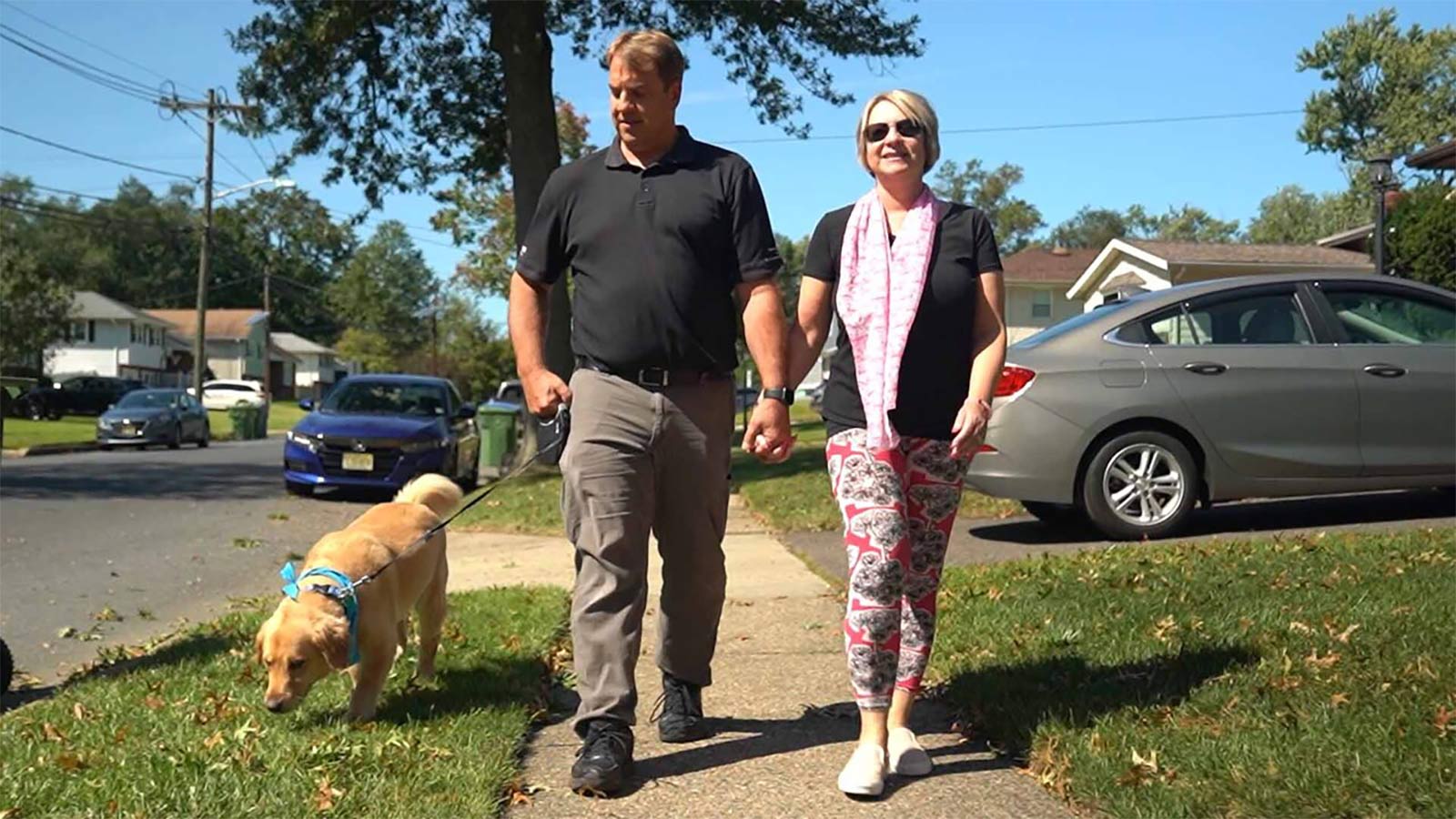
A Breast Self-Exam Saved Kristen's Life

Early Treatment is Best to Relieve Hemorrhoid Symptoms

The Top 10 Foods For A Healthy Diabetes Diet

Keeping the Beat: Advanced Heart Surgery for Aortic Aneurysm

Are You At Risk For Chronic Kidney Disease
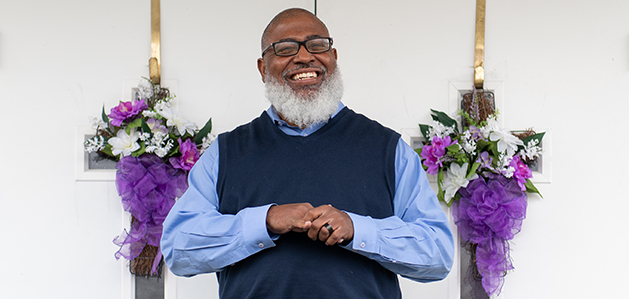
Local Pastor Makes Kidney Health Mission of Ministry
Antoinette Living Pain Free After Knee Arthritis Treatment
Bryan Exterminates Pain After Shoulder Replacement
Could Your Young Baseball Player Have Little League Elbow?
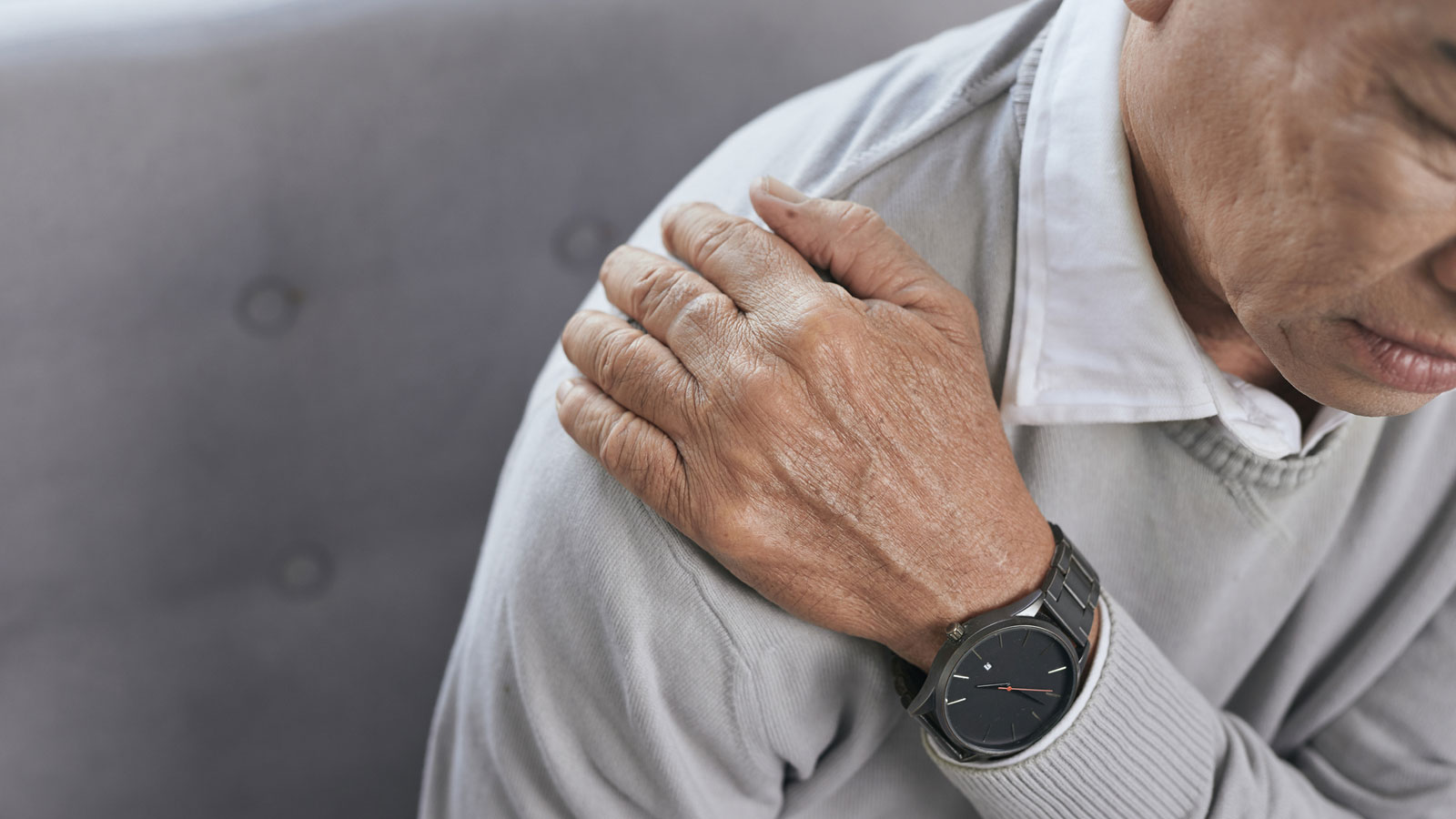
What Is Reverse Shoulder Replacement?

What’s the Difference Between Type 1 and Type 2 Diabetes?
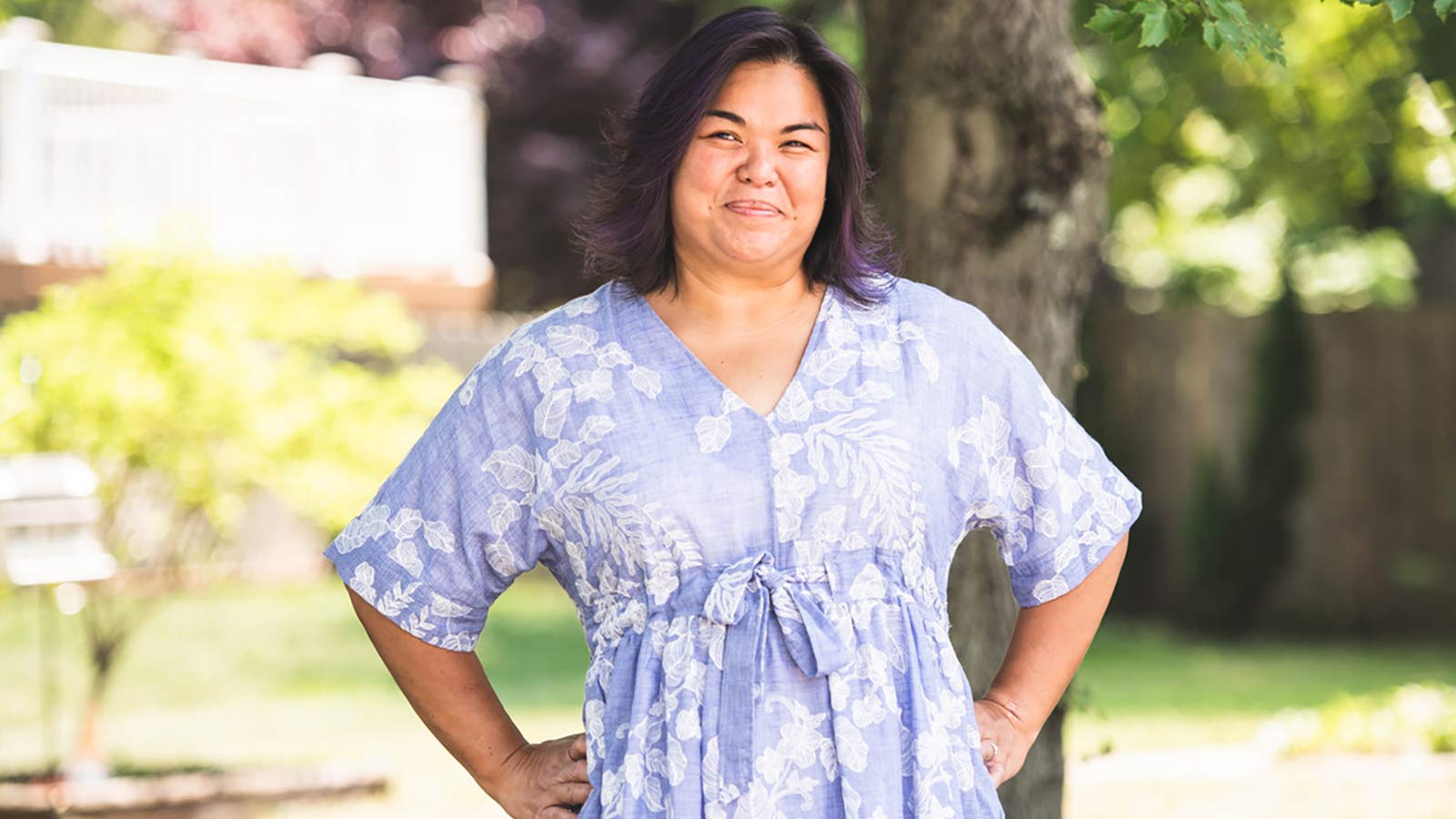
Is This the Right Time in Your Life for Bariatric Surgery?

Joe Forline Tees Off Again With Two Healthy New Hips
Are Your Cracking Painful Joints Telling You Something?
Nonoperative Treatment for Rotator Cuff Injuries
Christy Saulle Returns to Serving the Community After ACL Surgery
Nicole Hall Gives High Marks to Her Acl Surgery at Virtua
Discover How Robotic-Assisted Joint Replacement Surgery Can Benefit You
5 Smart Steps to Manage Osteoarthritis
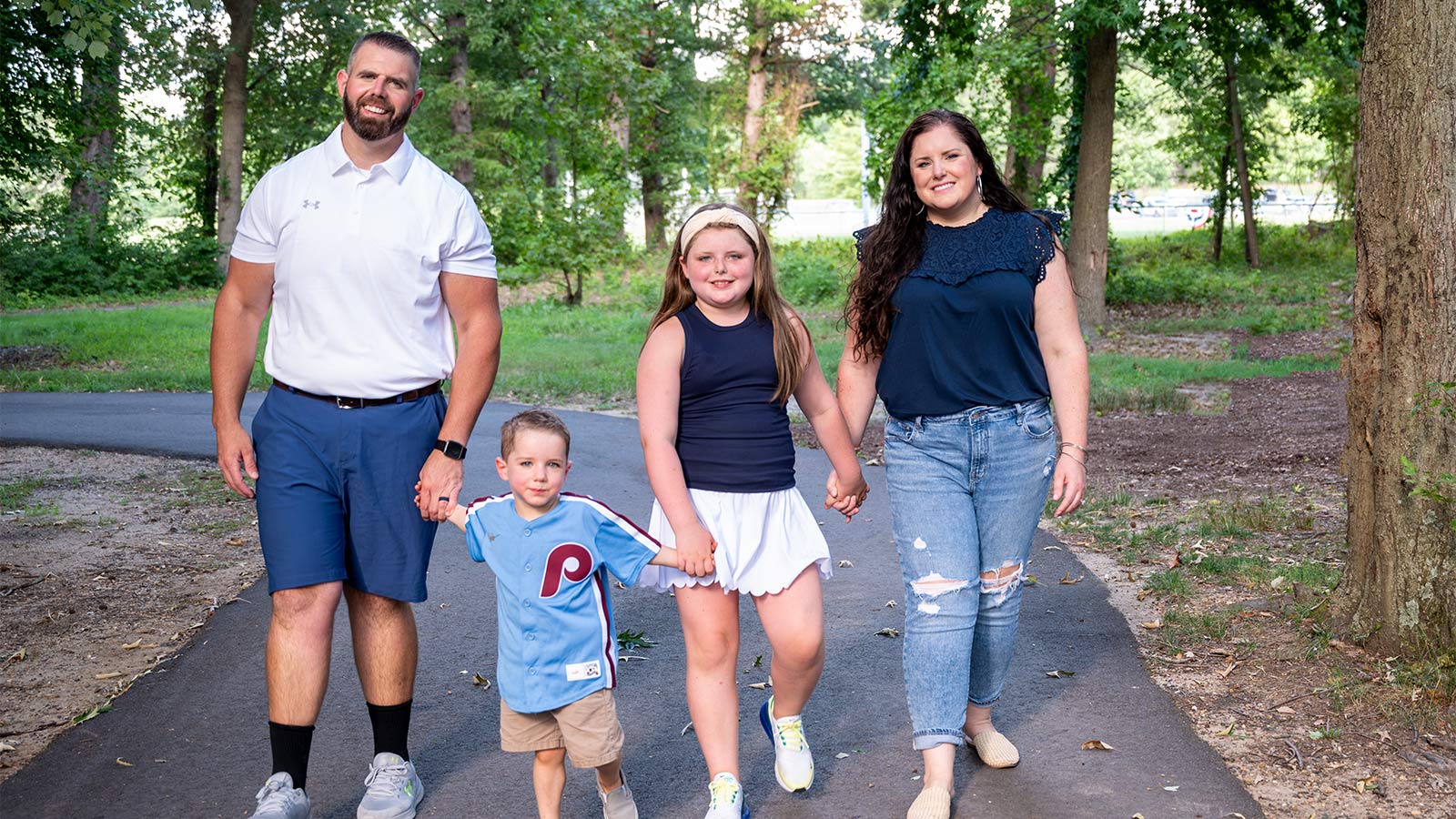
All for Bear: Dan Loses Weight to Be His Son’s Kidney Donor

‘Astronomical Changes’: Brain Stimulation Therapy Lifts Ashley’s Depression

Augmented-Reality Surgery Has Bobby Back on Stage, Rocking His New Hip

Hyperbaric Wound Therapy Puts Joette Back in Motion
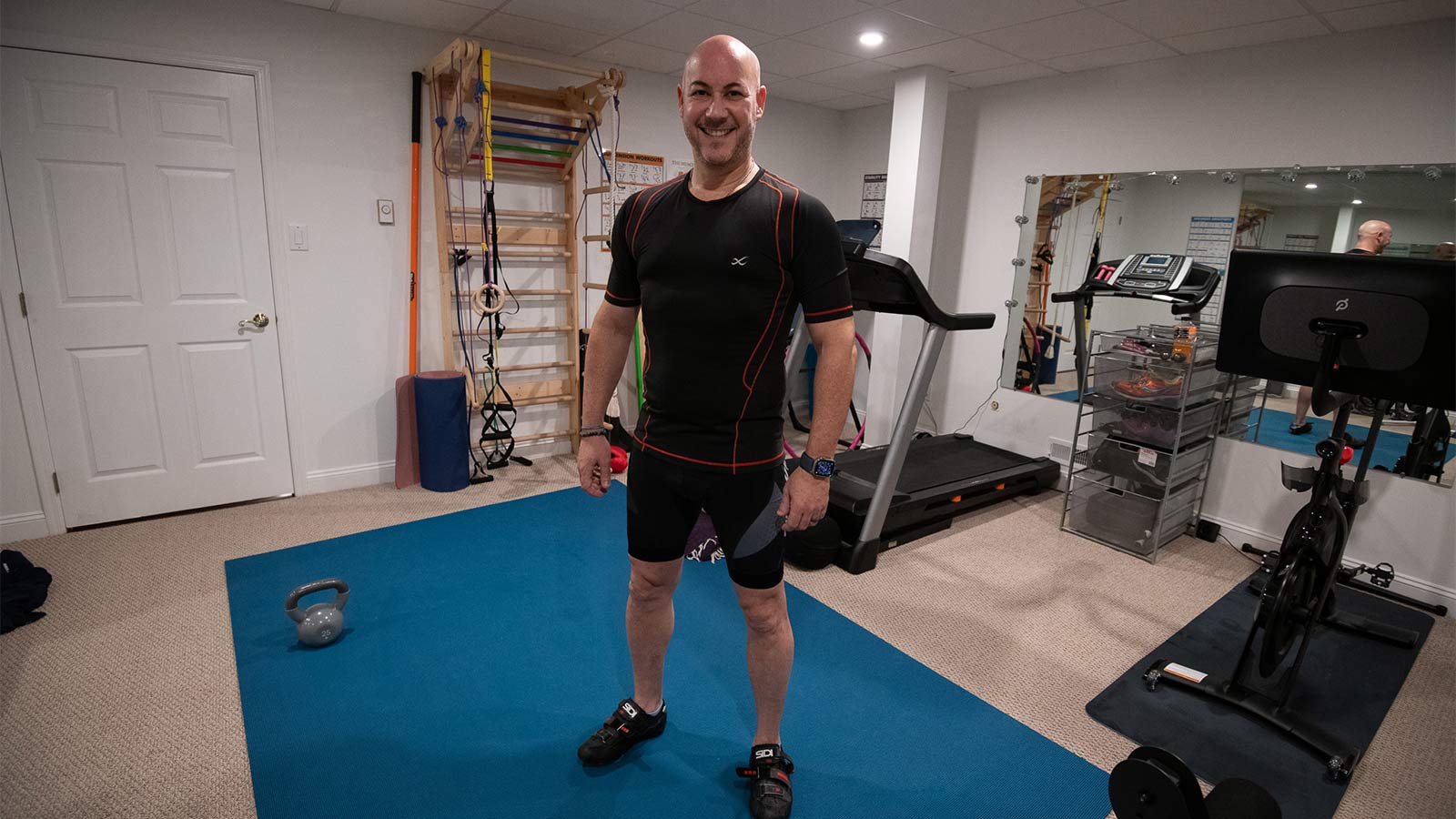
Robotic Hernia Repair Renews David's Active Lifestyle

